Every Single King & Queen of England, from 871 to Now
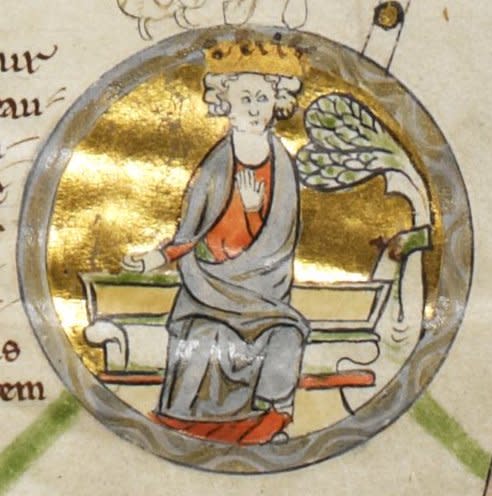
More than a millennium of monarchs
The first monarch to rule over what would later become Great Britain was King Alfred the Great, who was crowned as the King of England in 871 A.D. There wouldn't be a British monarch per se until 1707, when England and Scotland merged during the reign of Queen Anne.
Some rulers' reigns were short, like that of Empress Matilda, who held her throne for 209 days in the 12th century. Others, like Queen Elizabeth II, lasted quite a bit longer. She held the throne since 1952, until her death in 2022, and is the longest-ruling British monarch of all time.
Click through to get a sense of the scope and history of the monarchy (not to mention the evolution of the royal portrait.)
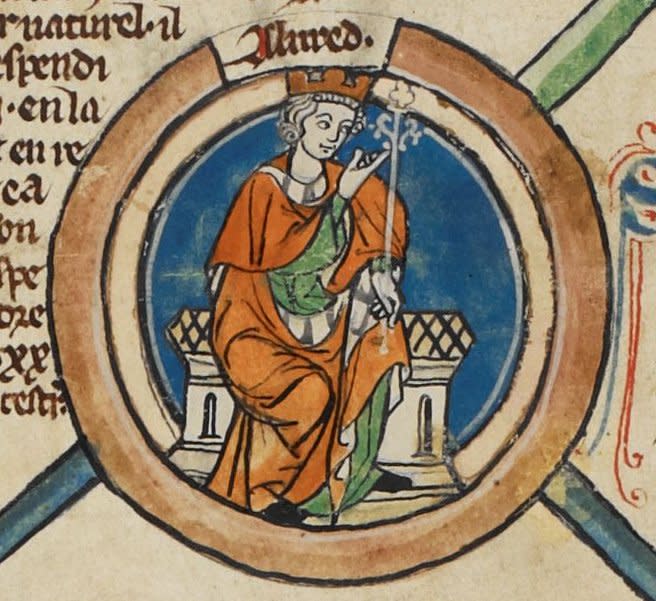
Alfred the Great
Reign: April, 23 871 – October 26, 899
(28 years, 187 days)
Alfred is the only British king that’s called “The Great.” All four of his brothers were also kings before his reign. He created a school in the noble court for his and other nobles’ children, as he believed that all young boys should receive an education. He’s best known for creating peace between the Kingdom of England and the Vikings.
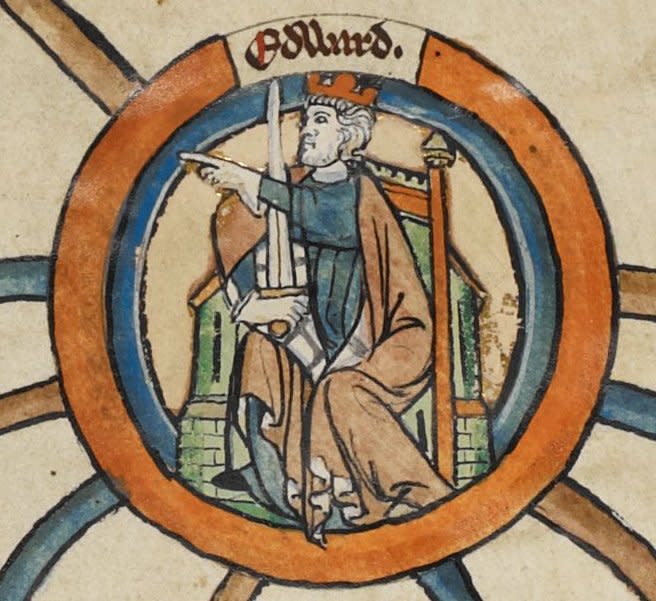
Edward the Elder
Reign: October 26, 899 – July 17, 924
(24 years, 266 days)
Like his father, Alfred, Edward the Elder fought against Danish invasions for much of his reign. He also fought against Irish-based Vikings later in his kingship. He’s only called “the Elder” because historians needed a way to distinguish him from another King Edward--King Edward the Martyr. Although he was the eldest son, it wasn’t a guarantee he would be the first of his siblings to become king since Saxon custom said that any able and capable son was equally likely to inherit the throne.
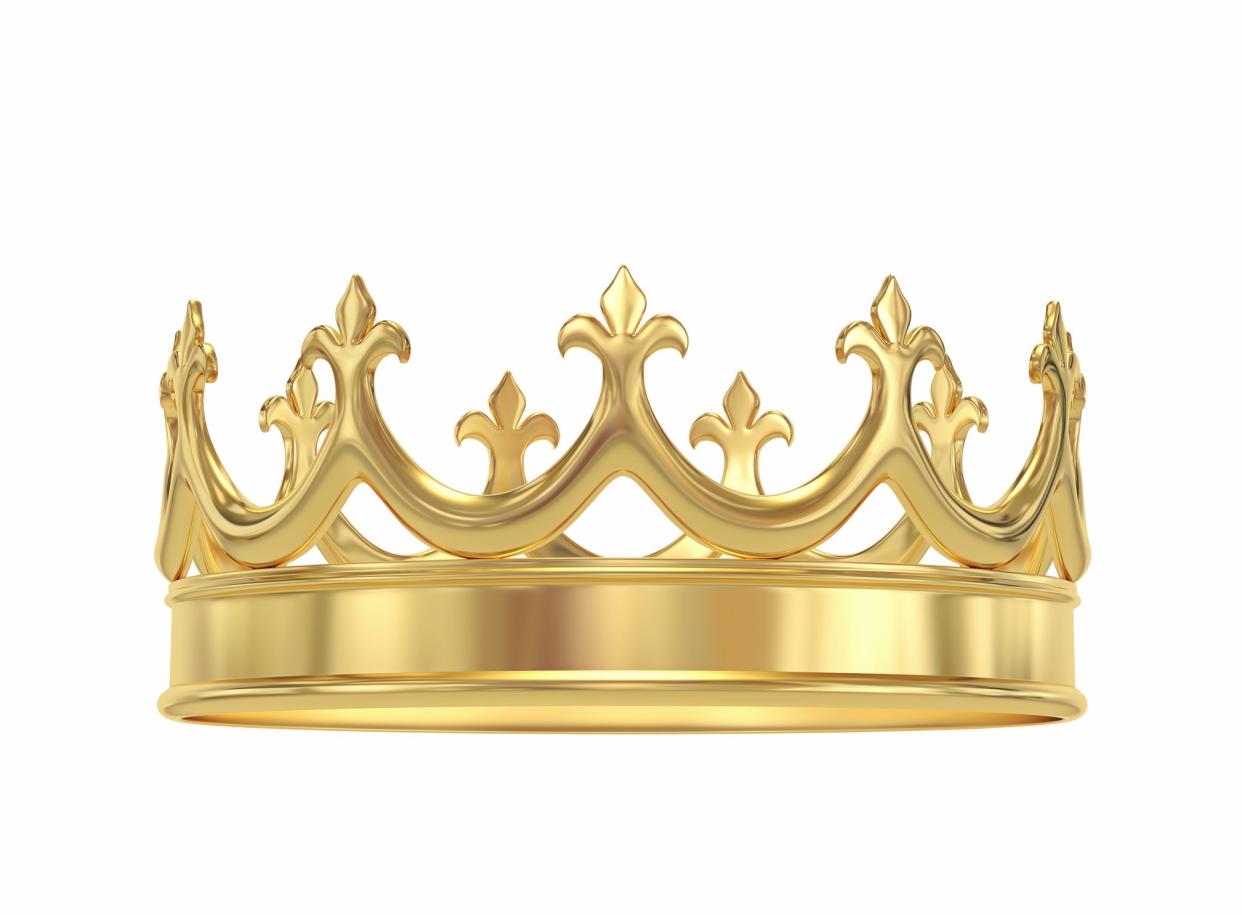
Ælfweard
Reign: July 17, 924 – August 2, 924
(16 days)
Note: There is some disagreement about the length of Ælfweard's reign. Some think it may have been as long as four weeks. Regardless, evidently he wasn't king long enough for someone to paint him... no portrait could be found.
Ælfweard was the King of Wessex after his father died. However, he himself would die 16 years later. He was only about 25 years old. As such, many historians don’t believe he was even officially crowned king before he died.
Many historians believe the lack of records about him may indicate that he was already in poor health before his father’s death or that there was a familial coup or feud, especially since his successor, Æthelstan, didn’t have the same mother.
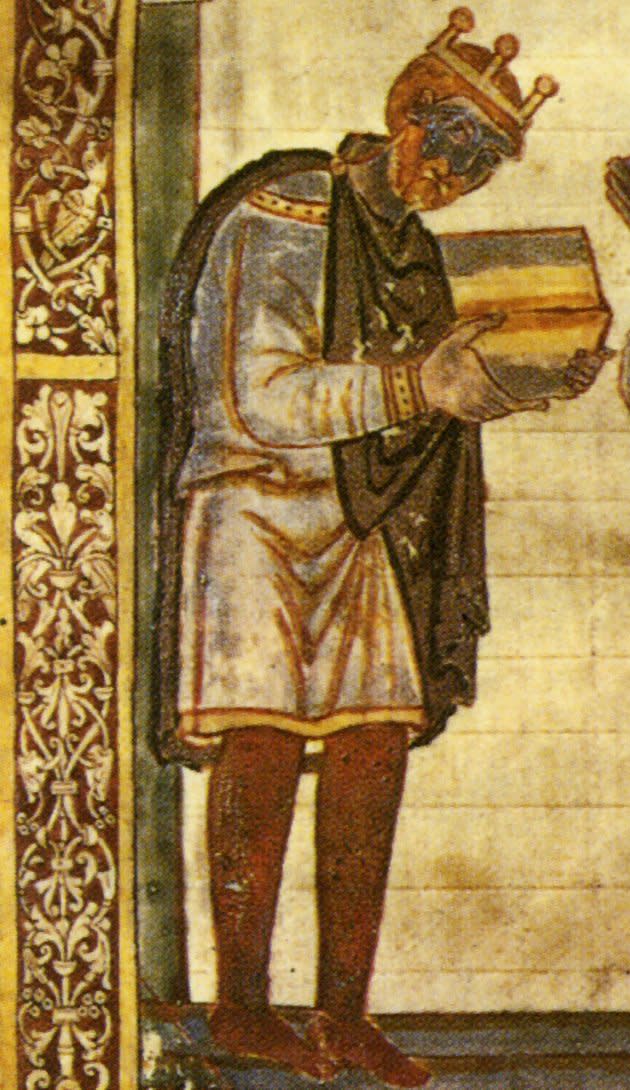
Æthelstan
Reigns: King of the Anglo-Saxons (924–927) & King of the English (927–939)
(14–15 years)
Æthelstan is believed to be the first king to successfully govern over all of England. He created strict laws punishing theft and corruption. His coins read were printed with “The King of All Britain” on them. It’s believed that he is one of the first kings to have a staff of trained clerks in the Winchester Cathedral.

Edmund I
Reign: October 27, 939 – May 26, 946
(6 years, 212 days)
Edmund I secured peaceful relations with Scotland by promising their king military support. He was the first king to rule under a united Britain. Many of his laws and regulations were aimed at stopping feuds between Britain and other countries. He was killed fighting a robber who wouldn’t leave a feast held at the palace.
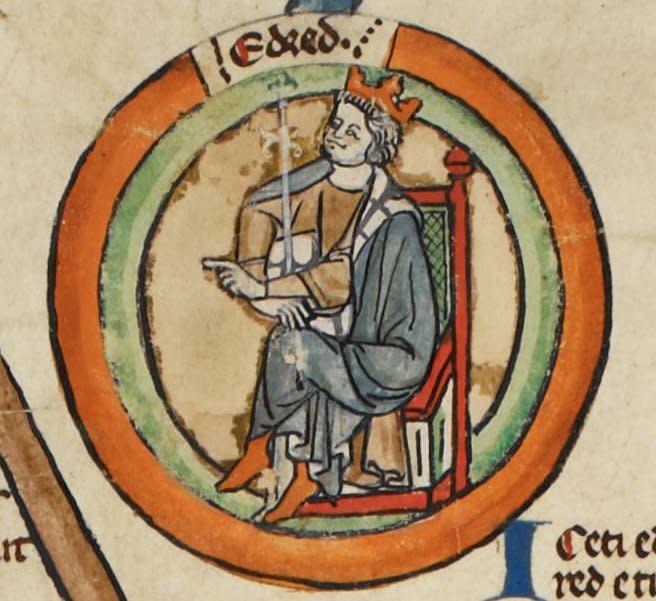
Eadred
Reign: May 26, 946 – November 23, 955
(9 years, 182 days)
Eadred is best known for bringing Northumbria under English control. Doing so wasn’t easy, though. Northumbrians first acknowledged Norweigan ruler Erik Bloodax as their king. Eadred attacked Northumbria for doing so. He died of an unidentified illness that made him unable to consume anything but juices and other liquids shortly before he died.
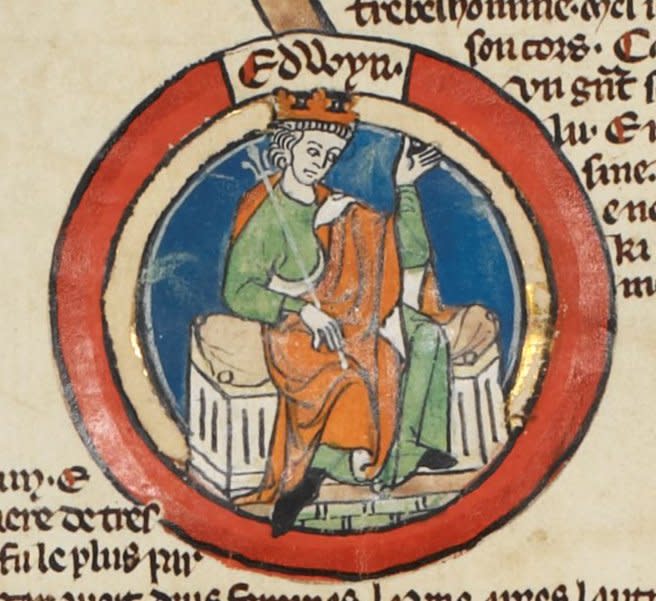
Eadwig
Reign: November 23, 955 – October 1, 959
(3 years, 313 days)
Eadwig was most likely 15 years or younger when he first took the throne. Many accounts say that he made love to a noblewoman and her daughter shortly after leaving his coronation banquet. He’s most remembered for causing feuds with members of the royal court and the clergy. Many Brits supported his brother, King Edgar, over him. So the two split the kingdom under their reign to avoid a civil war.

Edgar the Peaceful
Reign: October 1, 959 – 8 July 975
(15 years, 281 days)
Edgar took over after Eadwig’s death. He was also a teenager at the time. He was more tolerant of the local beliefs and customs of all territories under rule than his brother was, especially in regard to the Northumbrians. He was the first king to create laws penalizing those who didn’t tithe or support the Roman Catholics' Holy See. He’s remembered as a patron of the English monastic revival.
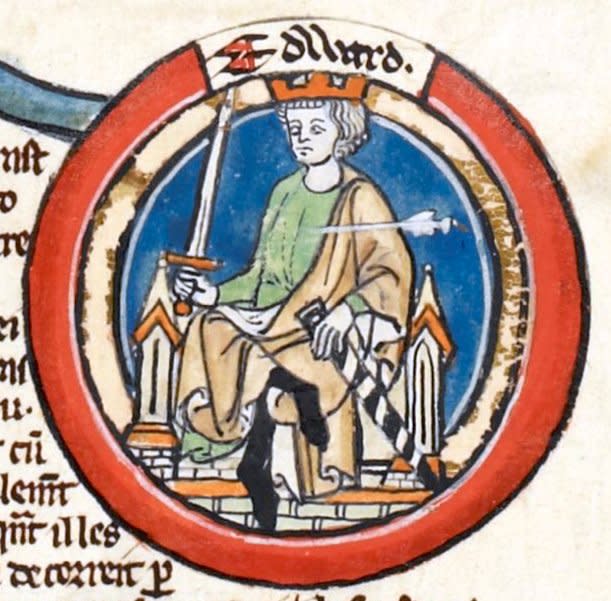
Edward the Martyr
Reign: July 8, 975 – March 18, 978
(2 years, 254 days)
While he was King Edgar the Peaceful’s first son, he wasn’t officially acknowledged as the first heir to the throne since his father had remarried twice. He was only 13 when he became heir to the throne, though. Nobility saw Edward’s youth and the internal feuds between his mother and his brother’s mother over who should be king as a perfect chance to attack. He was eventually assassinated while trying to visit his half-brother, though not much is known about the attack.
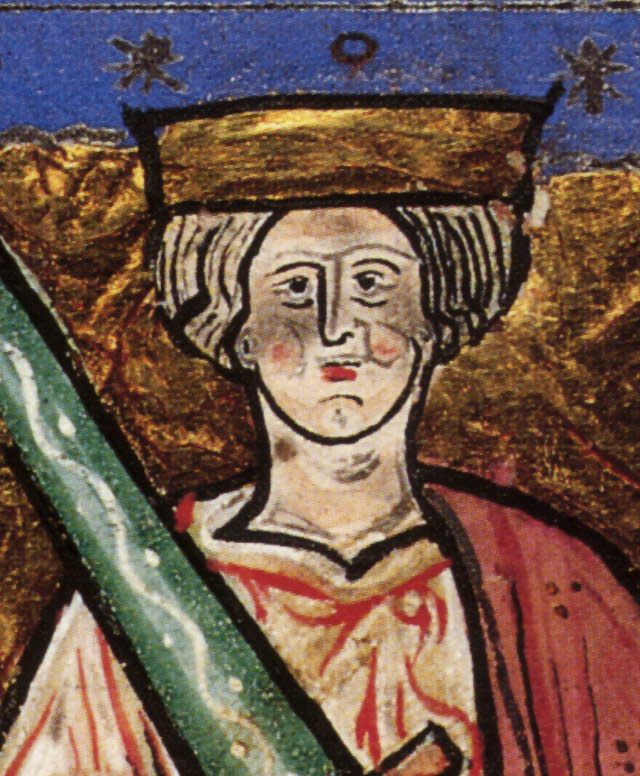
Æthelred
Reign: March 18, 978 – December 25, 1013
(34–35 years)
Note: In 1013, Æthelred was deposed by a Danish king, Sweyn Forkbeard.
Æthelred is often called “The Unready,” a pun since the word derives from “unraed,” which is close to the spelling of his name. Many historians view him as an ineffective leader since the Danes successfully invaded England during his reign. Many believe he was involved in his brother Edward the Martyr’s assasination. Nonetheless, some historians do credit him for running a rather effective government, a fact that many believe is overshadowed by the Danish invasion.
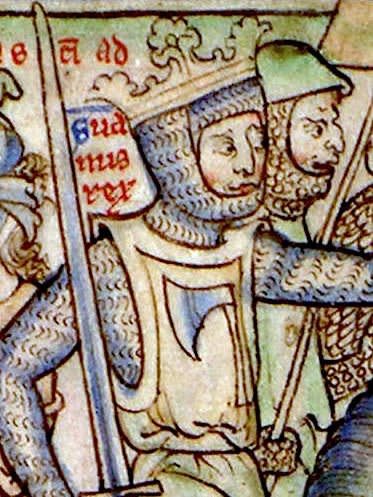
Sweyn
Reign: December 25, 1013 – February 3, 1014
(41 days)
Sweyn was the first Viking king of England. He took over after successfully invading England during Æthelred’s first reign. He’s known as a violent warlord who killed his own father for control before invading England. He only ruled for five weeks before he died, and many historians believe he was never formally crowned before he died.

Æthelred (2nd Reign)
Reign: February 3, 1014 –April 23, 1016
(2 years, 81 days)
Æthelred came back into power after Sweyn’s short-lived reign. He became known as “the unready,” meaning ill-advised or lacking counsel, because many believed he got bad advice from those around him, ultimately leading to Sweyn’s reign in the first place. He established a common coin design for all of England, which many historians believed helped unify England. He died shortly after Easter in 1016.
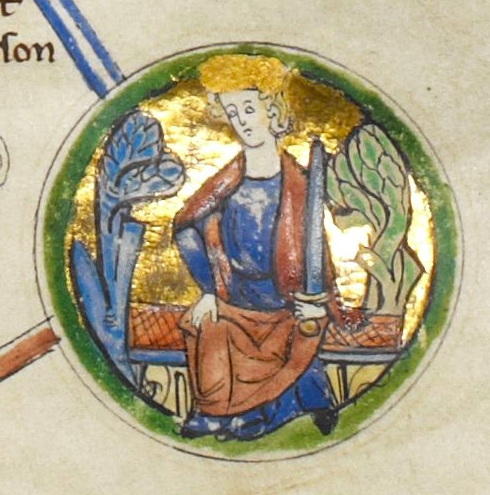
Edmund Ironside
Reign: April 23, 1016 - Nov. 30, 1016
(222 days)
Edmund Ironside got this nickname for being viewed as a much stronger ruler than his father. Despite his mother’s wishes, he married Edith, the wife of someone his late father executed. He abducted her from a nunnery to do so. Many historians believe Edmund was a much more strategic and capable military man than his father. His battle strategies aimed at limiting the loss of life of his men. Eventually, he reached a deal with the Vikings to end the war through a treaty that would divide the disputed lands between the English and the Danes.
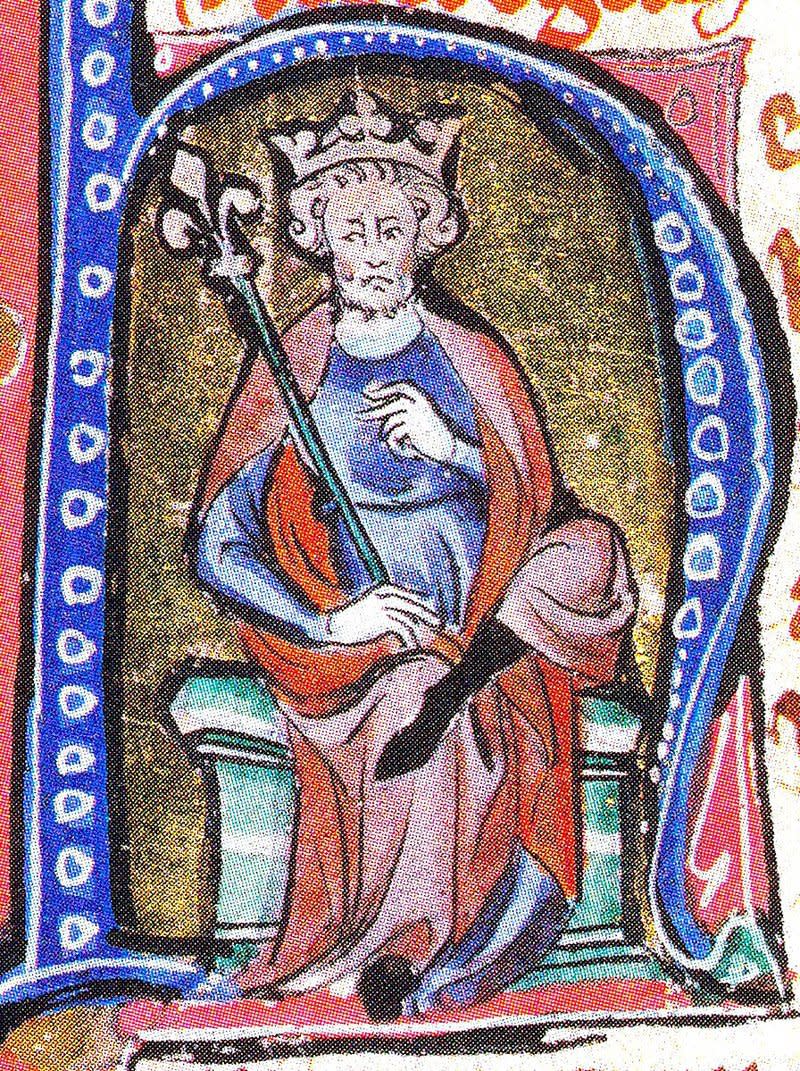
Canute (Cnut the Great)
Reign: Oct. 18, 1016 - Nov. 12, 1035
(19 years, 26 days)
Canute was King Sweyn’s son, the Viking king of Denmark. After Edmund Ironside died, he became the acknowledged king of England and was already controlling a small portion of land left under Danish control from his father’s previous treaty with Edmund. Canute divided England into four sections to make it easy to govern and manage the lands. Danish lore paints him as a strong, dark ,and handsome leader and a capable warrior.

Harold Harefoot
Reign: Nov. 12, 1035 – March 17, 1040
(4 years, 127 days)
Canute left his son Harold in charge of Denmark after his death. The Archbishop of Canterbury refused to crown Harold as king, and Harold rejected Christianity as a result. When Ethelred died, Harold took over briefly as the King of England. He was known to be a brutal and ruthless leader. He died suddenly at the age of 24 of an illness that many in England thought to be God’s divine judgement of Harold’s rule.
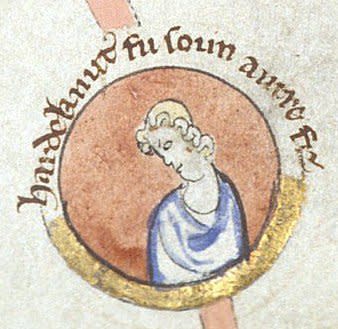
Harthacnut
Reign: March 17, 1040 - June 8, 1042
(2 years, 84 days)
Harthacnut was supposed to take over England after his father, Canute, died, but Harold betrayed him and took the throne. He was planning an invasion for the throne when Harold died, allowing him to instead take over peacefully. However, he was just as savage as his brother. He earned contempt of many shortly after taking over when he beheaded his dead brother’s body and threw him into the marsh. He died two years into his reign after getting drunk and having a seizure.
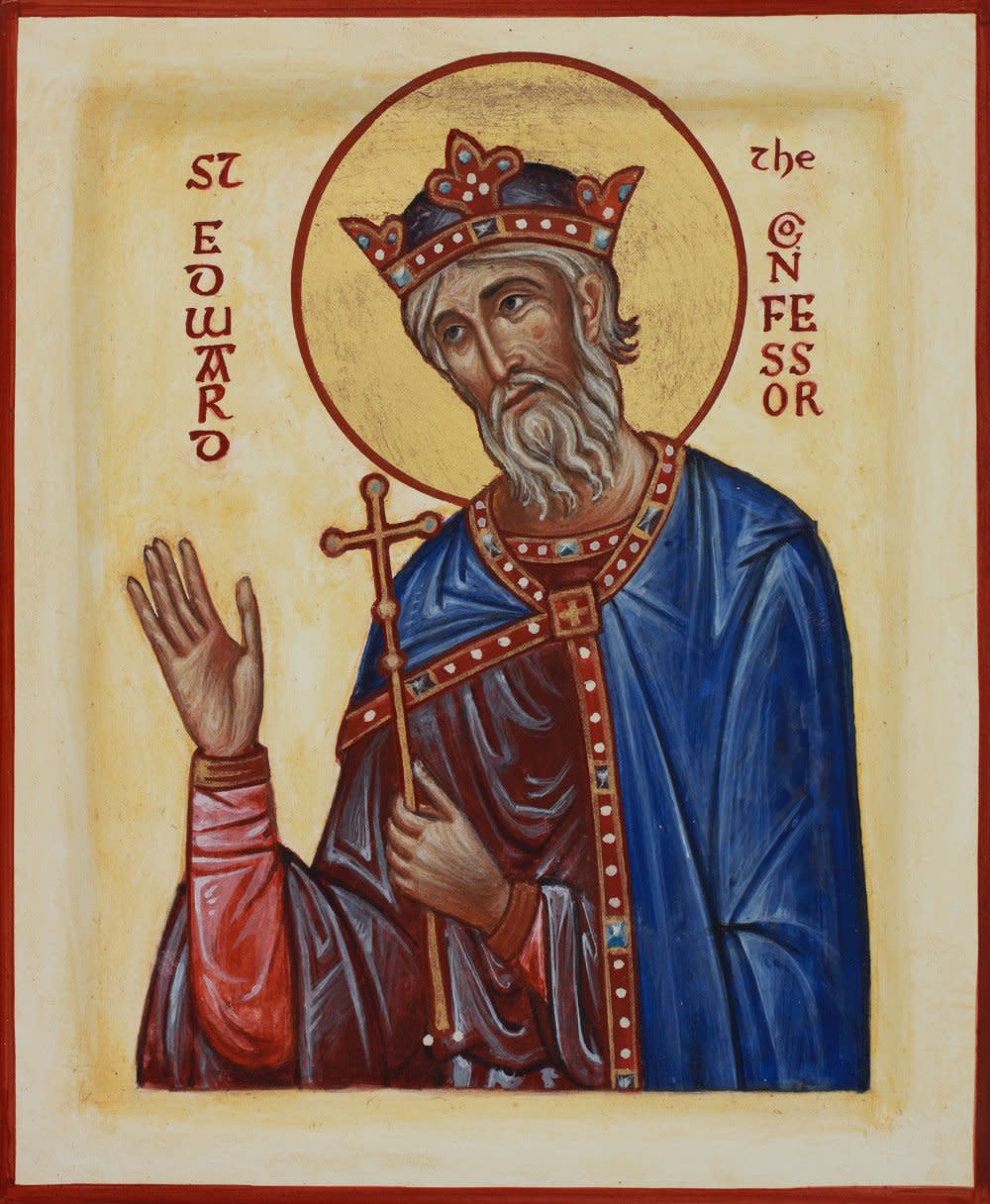
Edward the Confessor
Reign: June 8, 1042 - Jan. 5, 1066
(23 years, 212 days)
Many believe Edward the Confessor was albino. He was a devout and pious man even before taking over as king, and he founded the now-famous Westminster Abbey. He’s believed to have died of a seizure or brain hemorrhage.
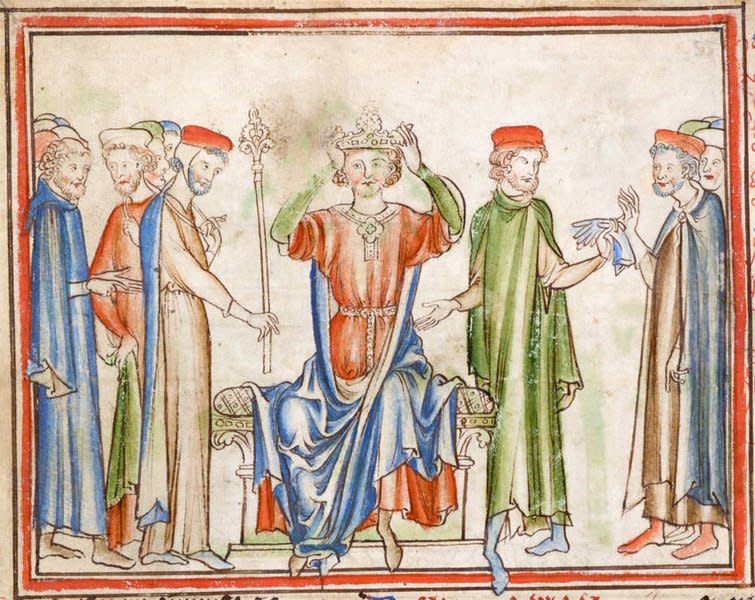
Harold Godwinson
Reign: Jan. 6, 1066 - Oct. 14, 1066
(282 days)
Harold was elected king after Edward the Confessor’s death. When he was crowned, Halley’s Comet appeared over England. Many believed this to be a sign of bad omens from God. Harold’s brother, Tostig Godwinson, joined forces with the King of Norway to invade England. The English won, and Harold showed mercy by allowing them to return home peacefully.
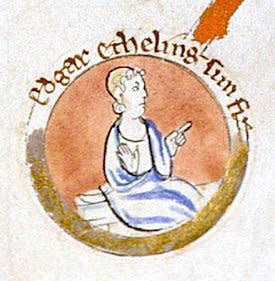
Edgar Ætheling
Reign: Oct. 15, 1066 - Dec. 17, 1066
(64 days)
Edgar Ætheling was the last male relative of the Royal House of Wessex. He was the ruler during the start of the first Crusades. He didn’t have any offspring of his own before his death. Unlike other rulers, he was able to live long enough to choose retirement from court and lived a peaceful retirement near Hampshire and Sussex until he passed away.
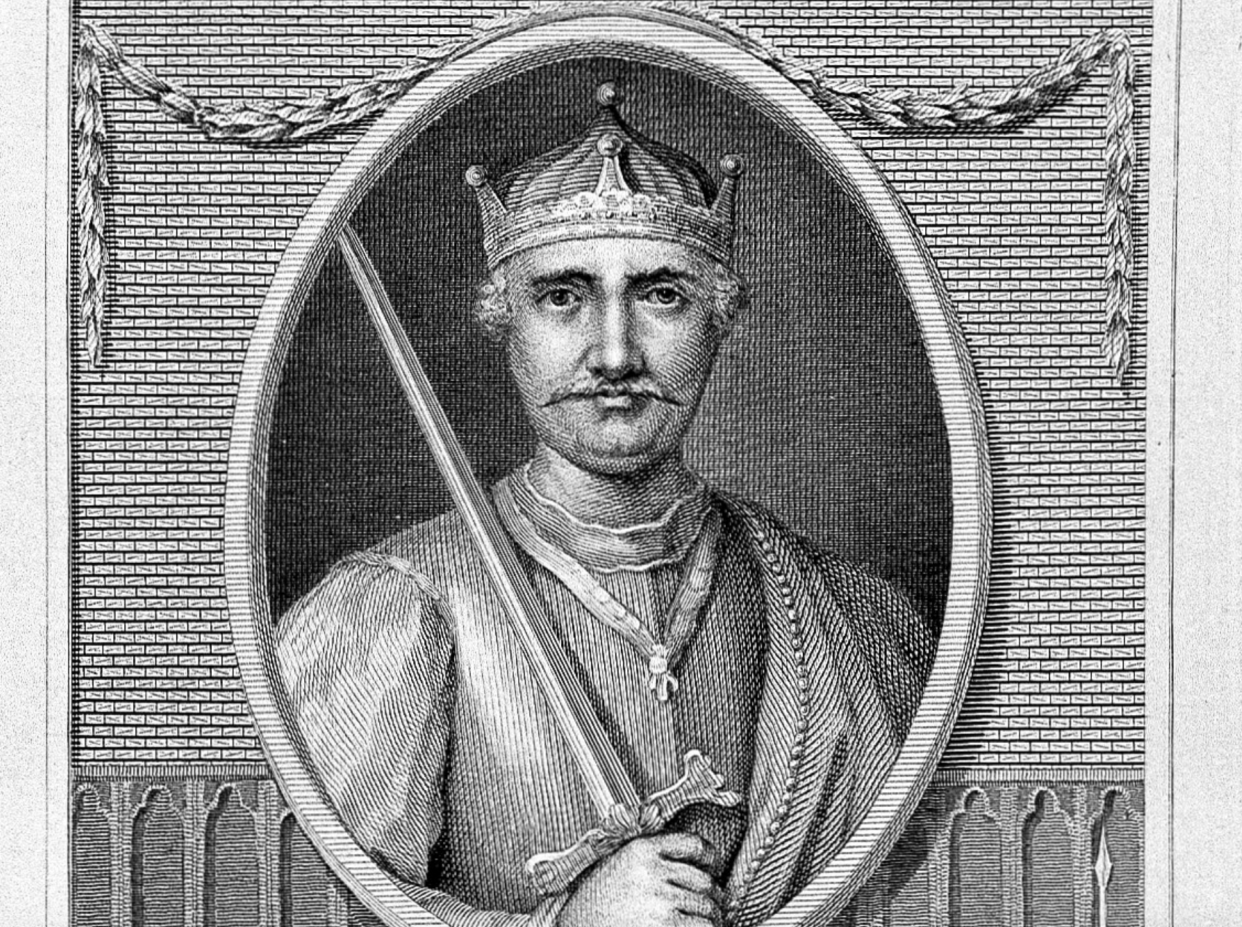
William the Conquerer
Reign: Dec. 25, 1066 - Sept. 9, 1087
(20 years, 259 days)
William was the illegitimate son of Robert “The Devil,” the duke of Normandy. His father exiled himself and persuaded the barons to accept his son as the next ruler. However, family members had to hide William as others attacked him in his father’s absence. Eventually, William returned to Normandy and sought his revenge, and he became the undisputed king despite efforts to prevent his reign.
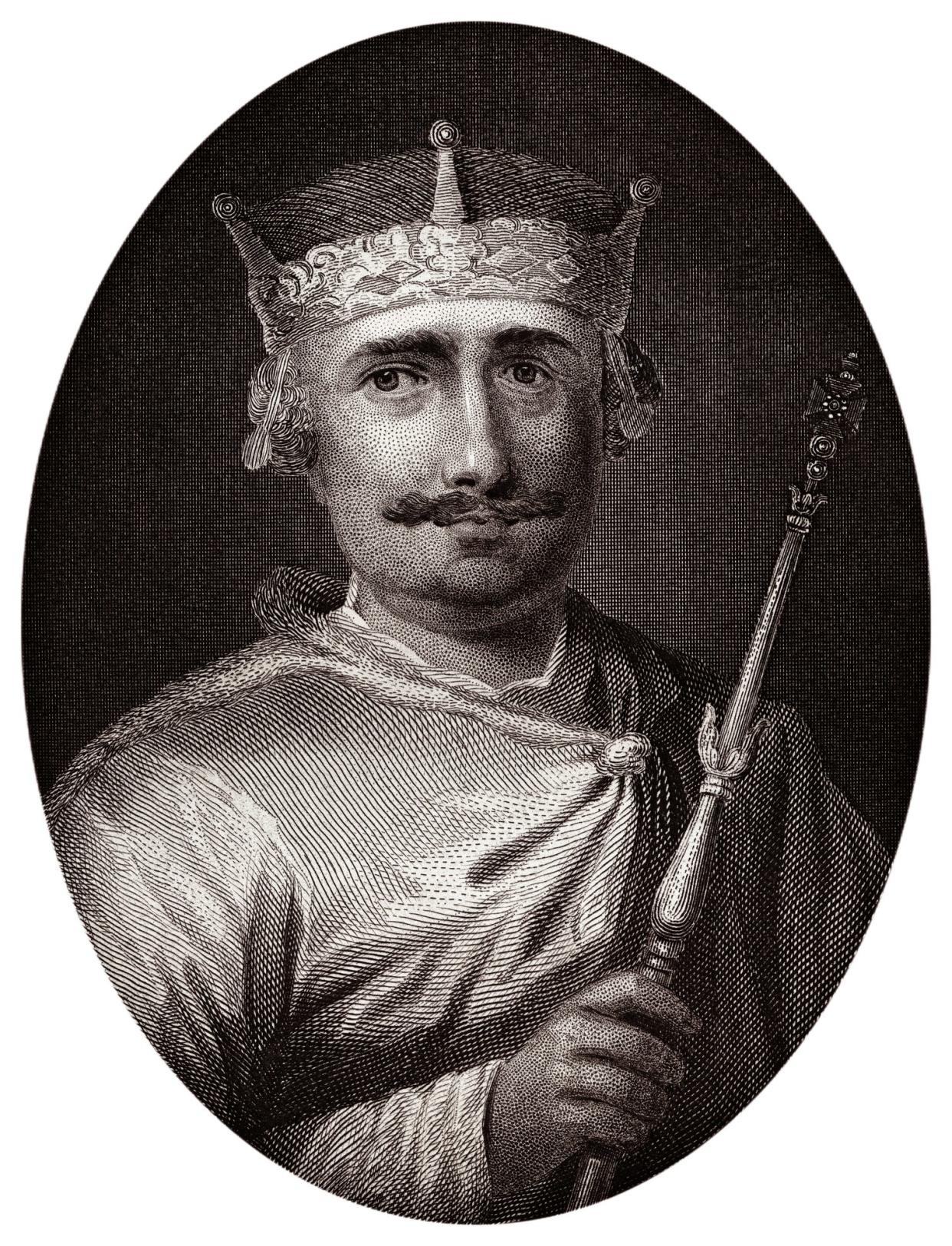
William II (William Rufus)
Reign: Sept. 26, 1087 - Aug. 2, 1100
(12 years, 311 days)
When William II first took the throne, many English people approved of his reign. He gave royal treasures to the poor and to churches, but his powerful uncles soon instead supported a rebellion in favor of his brother, Robert. However, Rufus still had the support of his people and squashed the rebellion.
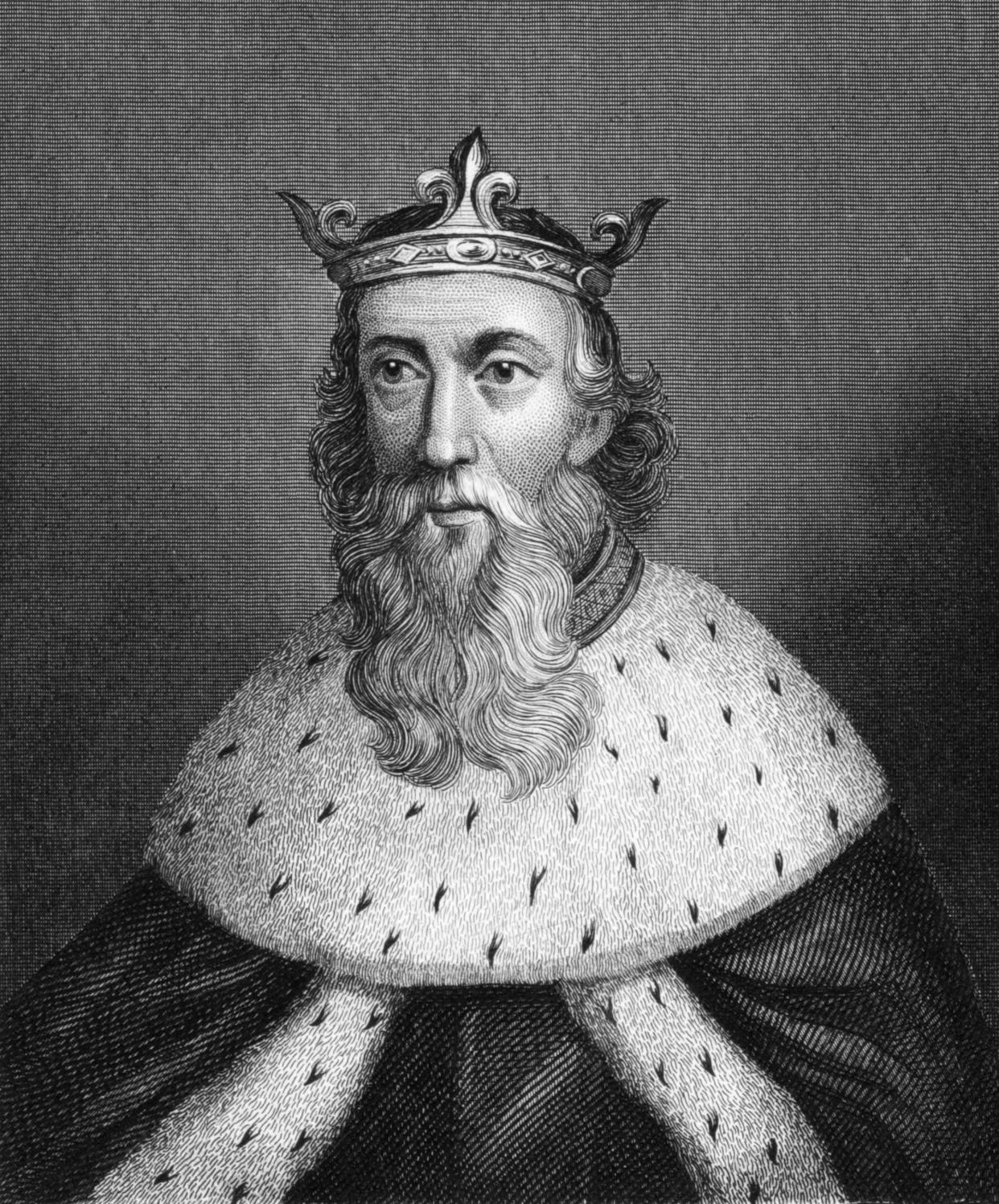
Henry I (Henry Beauclerc)
Reign: Aug. 5, 1100 - Dec. 1, 1135
(35 years, 119 days)
Henry took over after Rufus’s death. Refus died during a hunting expedition with Henry. Because he was actually born in England,, the people embraced him even more. Henry had many illegitimate children but only two (William and Matilda) with his wife. However, William died when the ship White Strip sunk while returning from Normandy. Henry died from food poisoning in 1135 while visiting Matilda and her husband; he had gorged on lampreys, which his doctor told him to avoid.
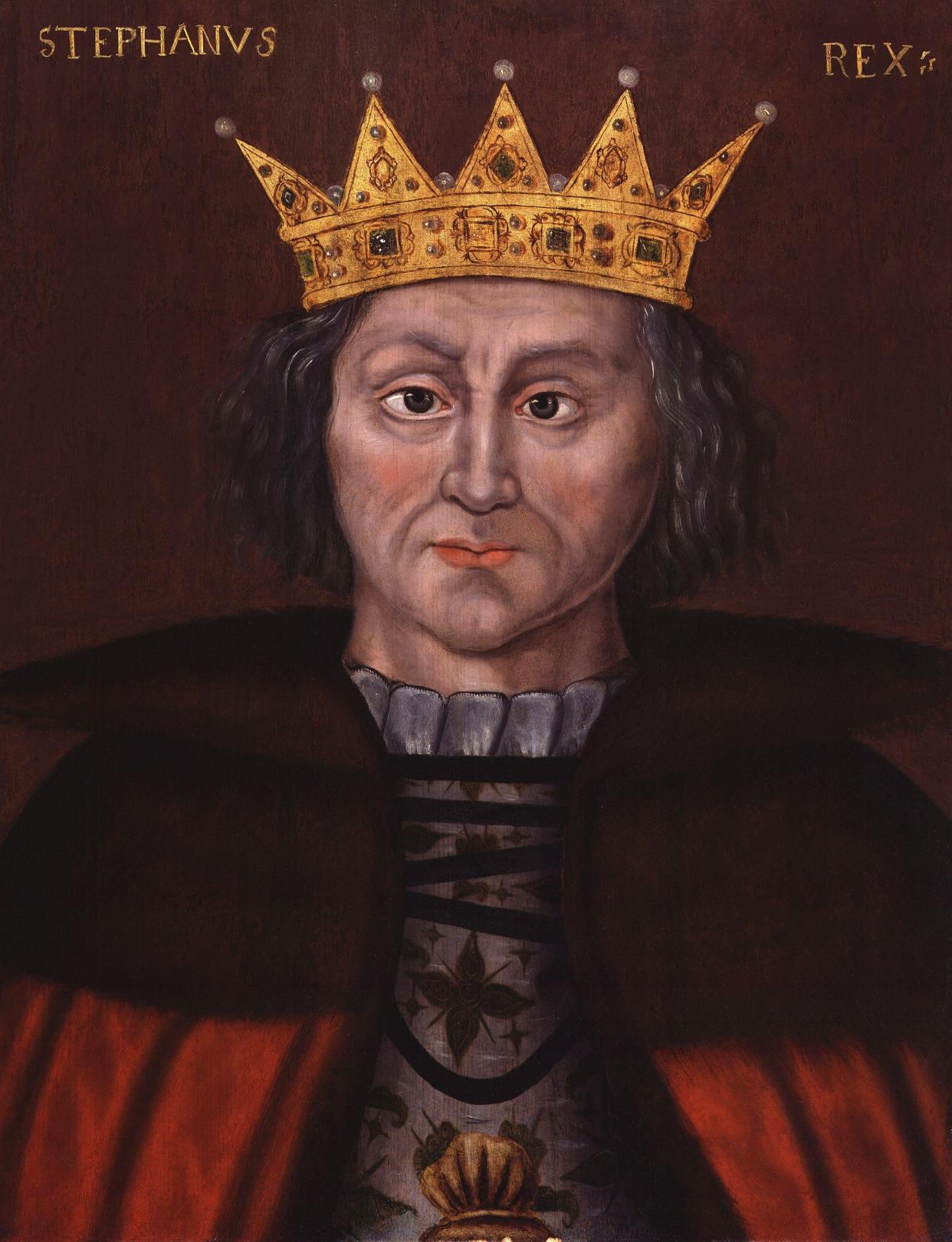
Stephen (Stephen of Blois)
Reign: Dec. 22, 1135- Oct. 25, 1154
(18 years, 308 days)
Stephen was Henry I’s nephew. He stole the throne from Matilda after Henry I died, and his title was accepted since many didn’t want their ruler to be a woman. However, many historians argue that he was weak-willed and didn’t enforce the law. Anarchy enveloped the kingdom, and Stephen was soon kidnapped and eventually imprisoned by Matilda, who would take over as queen.

Matilda (Empress Matilda)
Reign: April 7, 1141 - Nov. 1, 1141
(209 days)
Shortly before her father’s death, Matilda and her family took an oath saying they would recognize Matilda as the next ruler. She married her husband, Geoffrey Plantagenet, by her father’s request, even though the two hated each other. She gave birth to three sons, one of which left her close to death upon delivery. After her father died, Stephen was crowned the new ruler. Because she was pregnant, she waited until after her child’s birth to work with family to restore herself to the crown through a rebellion against him.
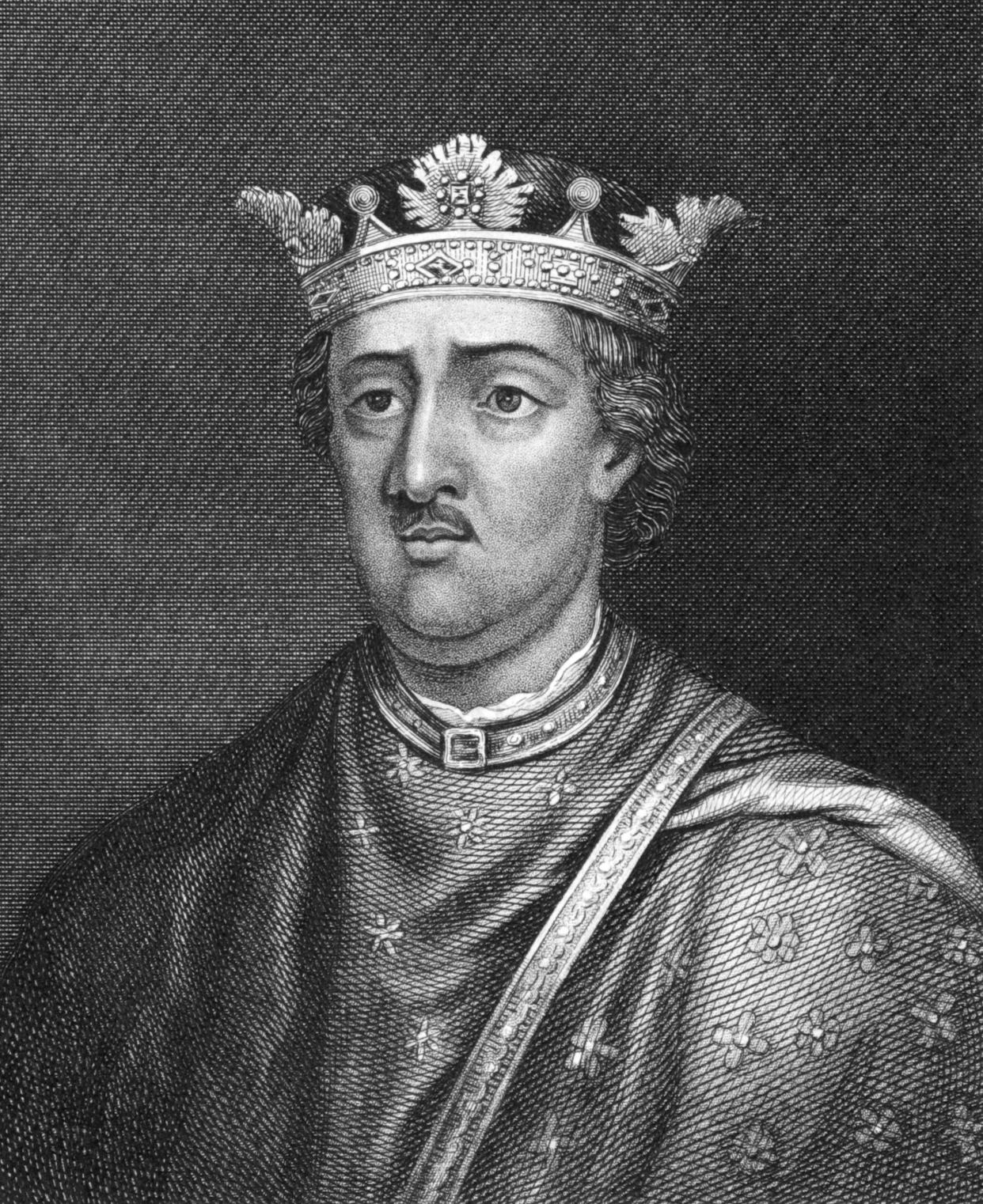
Henry II (Henry Curtmantle)
Reign: Dec. 19, 1154 - July 6, 1189
(34 years, 200 days)
Henry II, Matilda’s son, is believed to be one of the most effective English kings. He was intelligent and stayed away from the traditional over-the-top clothing of past kings. Instead, he was often found ruling on horseback, so much so that his legs became permanently bowed.
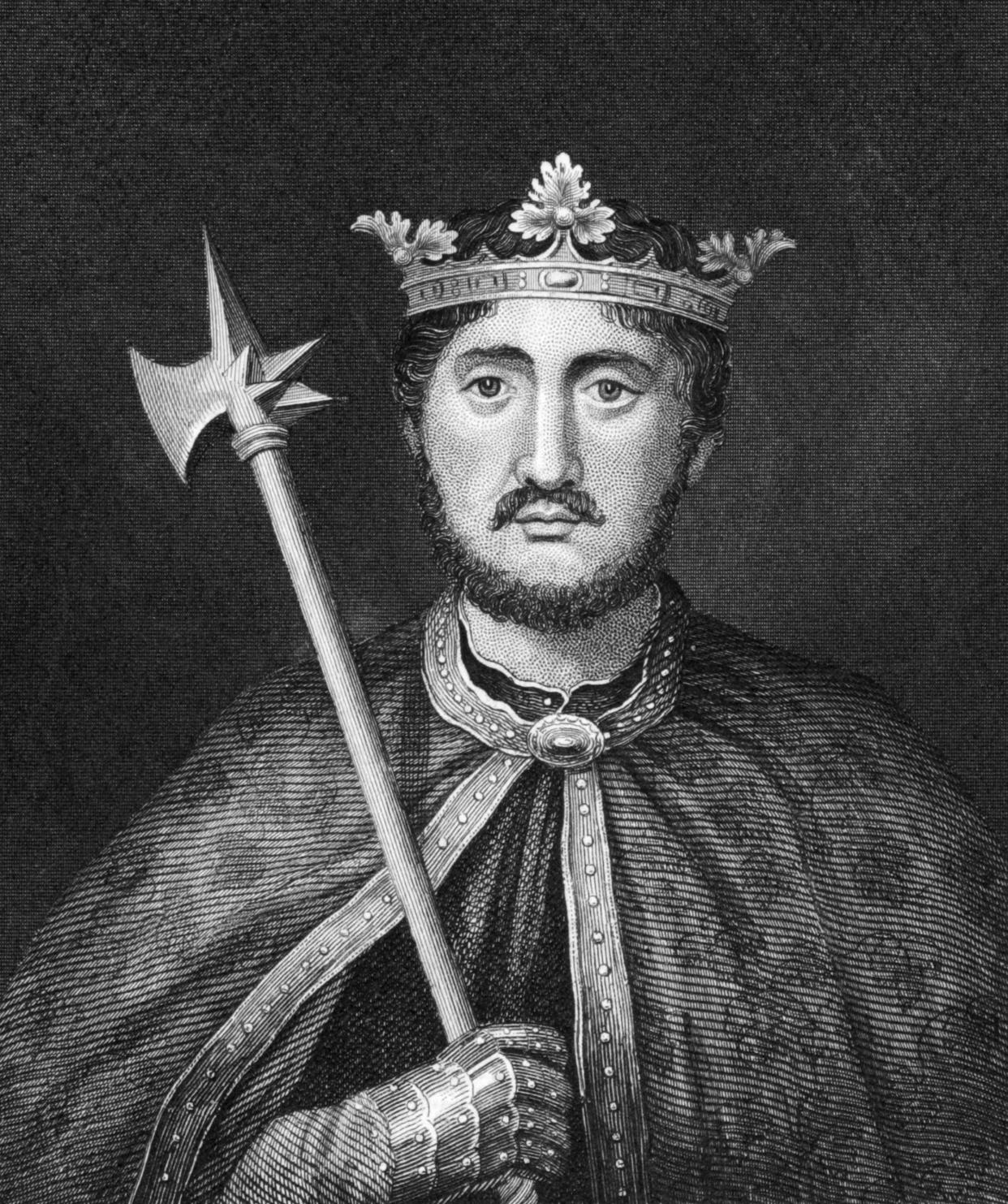
Richard I (Richard the Lionheart)
Reign: Sept. 3, 1189 - April 6, 1199
(9 years, 216 days)
Richard I soon earned the nickname Lionheart for his great military capabilities. At just 16, he was in charge of his own armies and successfully stopped rebellions against his father. On his coronation day, a bat apparently flew around his head, which many thought to be a sign of evil. He excommunicated many people he fought with and fought often with members of the clergy. He is best known for leading the third Crusade.
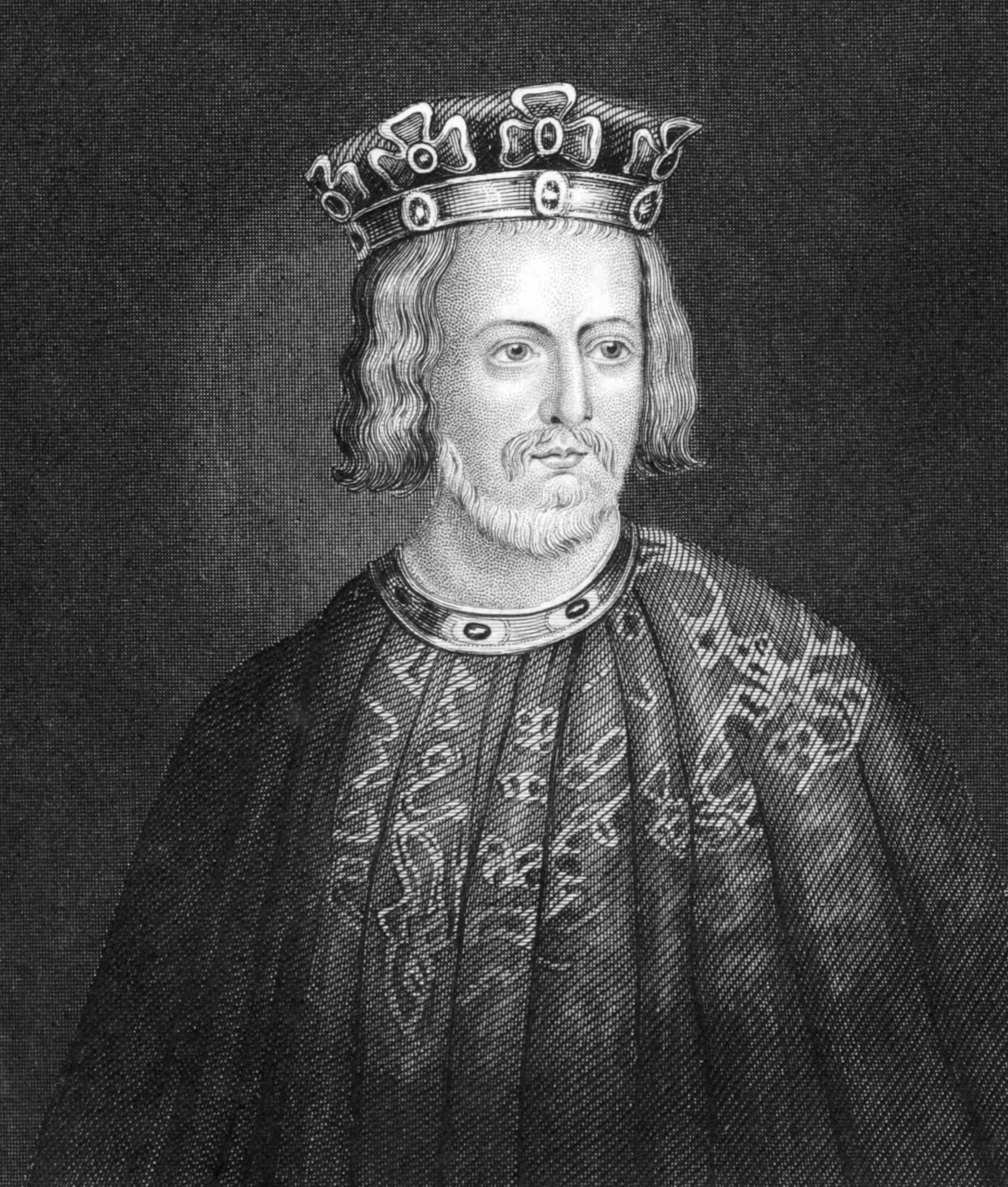
John (John Lackland)
Reign: May 27, 1199 - Oct. 19, 1216
(17 years, 146 days)
King John famously had a cynical outlook and a wry sense of humor. He often wore gaudy and expensive clothing, which many in the royal circle rebuked him for. He fell in love with 12-year-old Isabella of Angouleme, a count’s daughter who was already set to marry someone else when she was older. John took her as his own wife, though the marriage was annulled because she was too closely related to him.
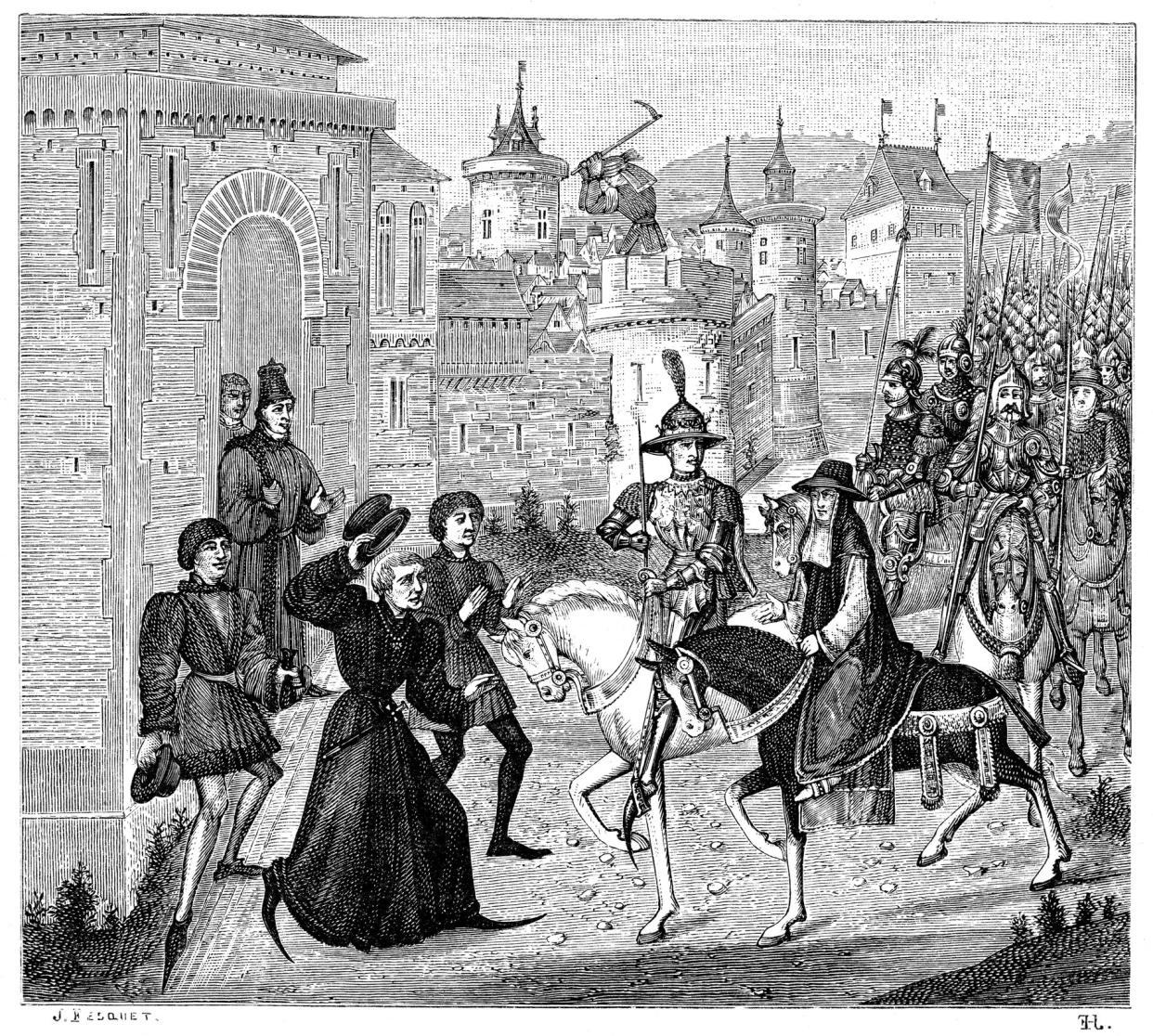
Louis (Louis VIII, the Lion)
Reign: 1216 - Sept. 22, 1217
(1 year)
Louis VIII was the French king until he invaded England, after which he became their king. His brothers, who were twins, died days after their birth, making Louis their only surviving heir. He eventually died of dysentery while in battle, leaving behind 13 children.
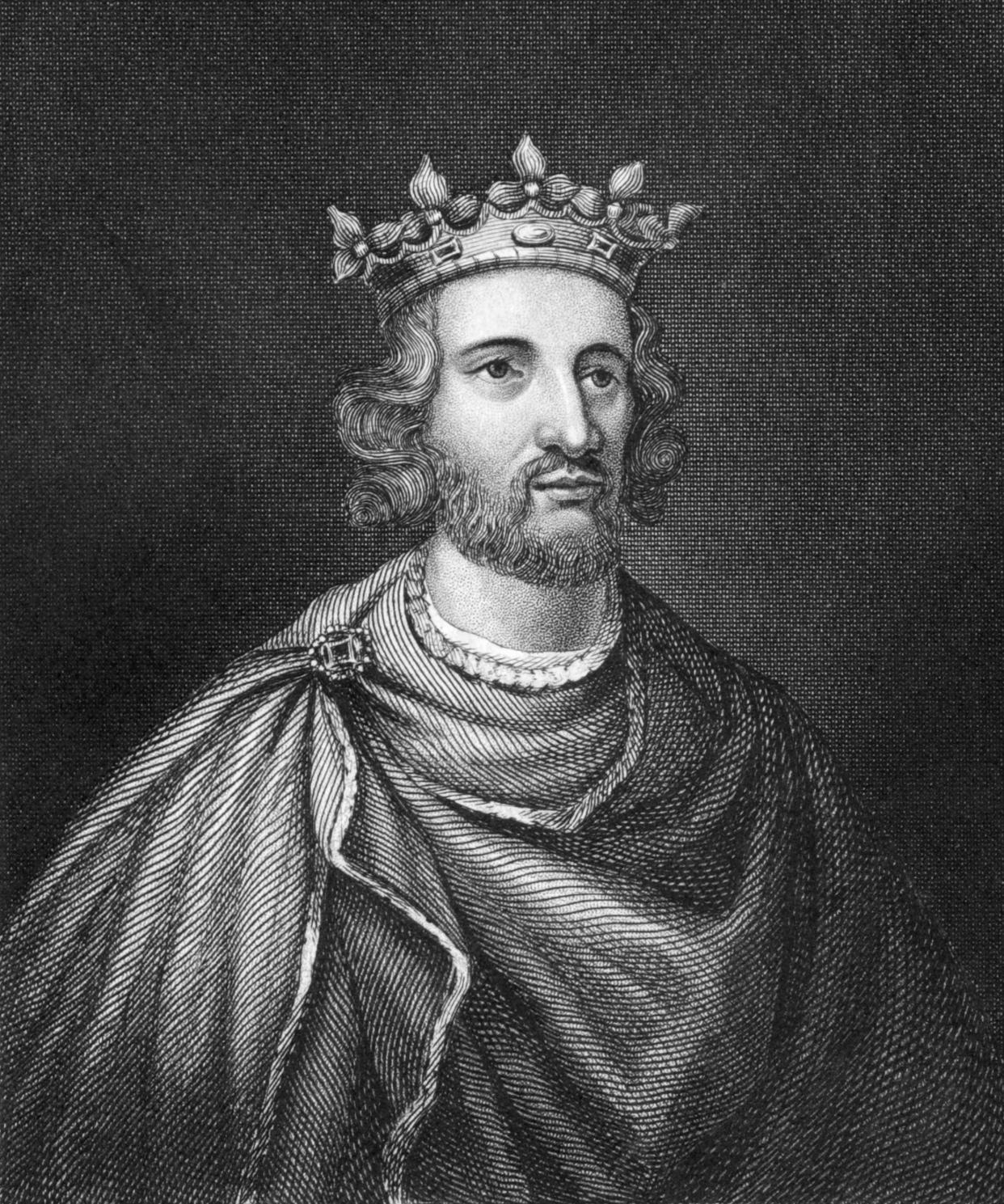
Henry III (Henry of Winchester)
Reign: Oct. 28, 1216 - Nov. 16, 1272
(56 years, 20 days)
Henry III took over when his father, King John, died. A family man, Henry III is believed to have had great relationships with his wife and children. He joked with his court members and friends, such as listing high amounts of debt on official scrolls to freak them out, but he always immediately crossed them out once they were seen to make sure court members didn’t try to collect the fake debts.
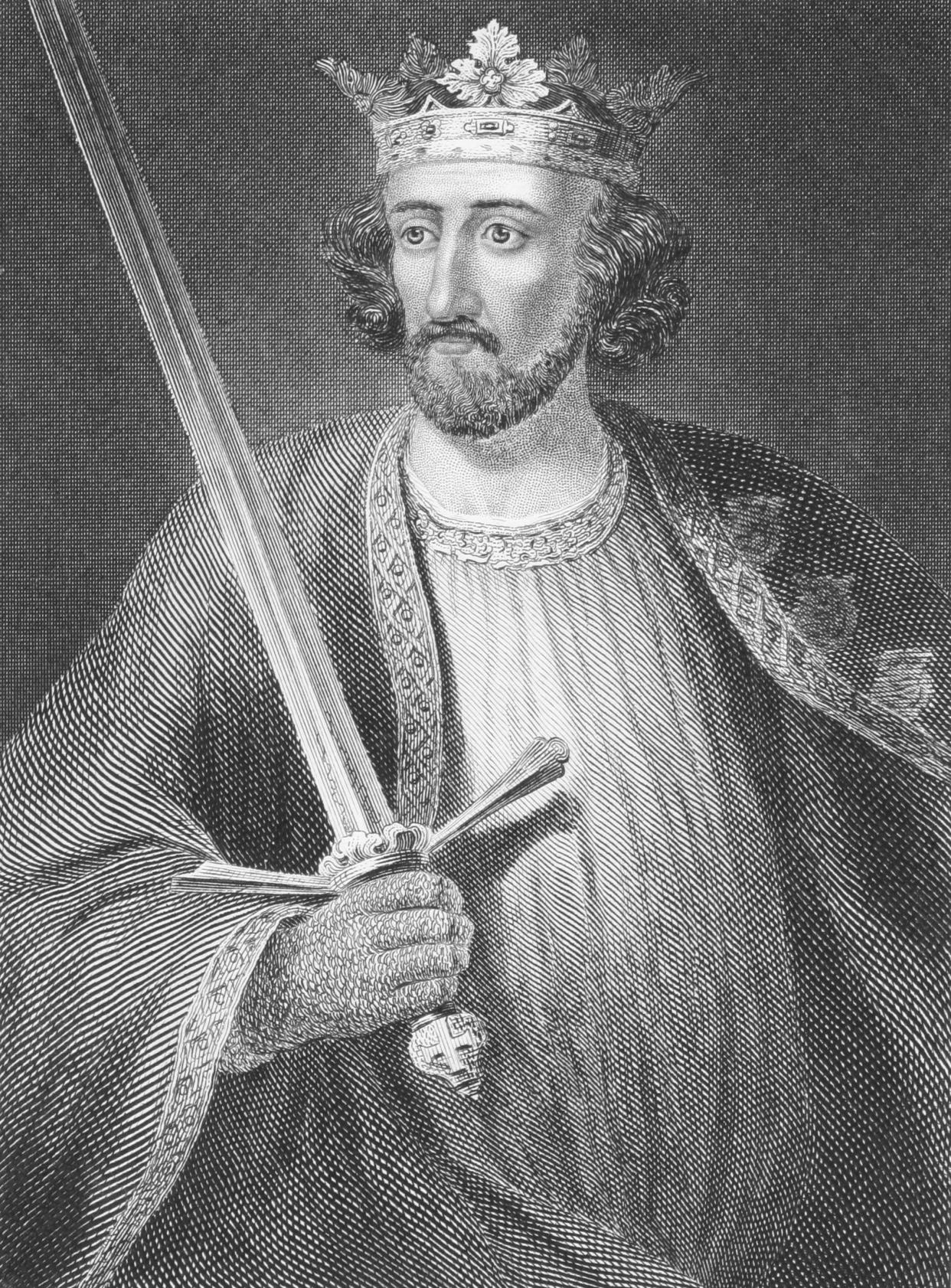
Edward I (Edward Longshanks)
Reign: Nov. 20, 1272 - July 7, 1307
(34 years, 230 days)
Edward I is best known for making parliament a permanent structure and for giving it much of the significance it has today. Like other soon-to-be-rulers, he started his battle career by defending his father, King Henry III, against attacks from rebels. He would use that fighting spirit to conquer Wales and control Scotland using puppet kings. He also brutalized many in England and exiled Jewish Englanders from the kingdom.
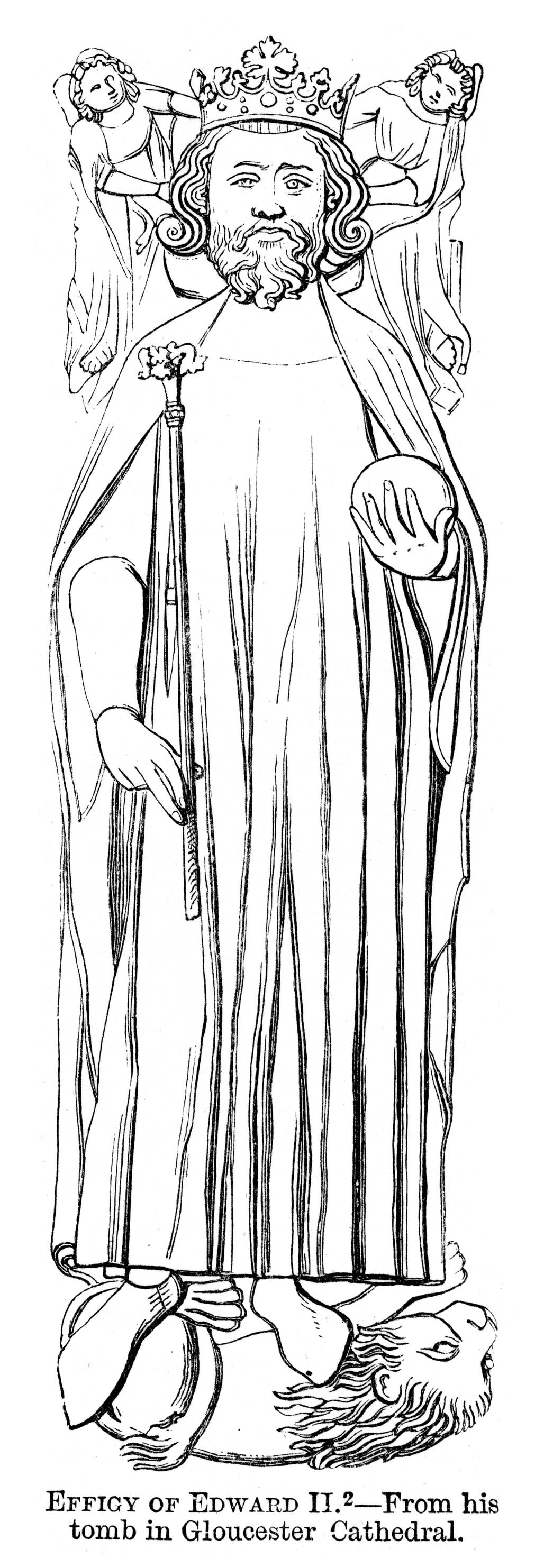
Edward II (Edward of Caernarfon)
Reign: July 8, 1307 - Jan. 20, 1327
(19 years, 197 days)
Edward II is famous for taking many lovers, both male and female. One of the king’s “favorites,” as he called them, was Hugh le Despenser, who used his position to gain more land. Queen Isabella had to beg Edward to exile Hugh, who was starting a rebellion against the king.
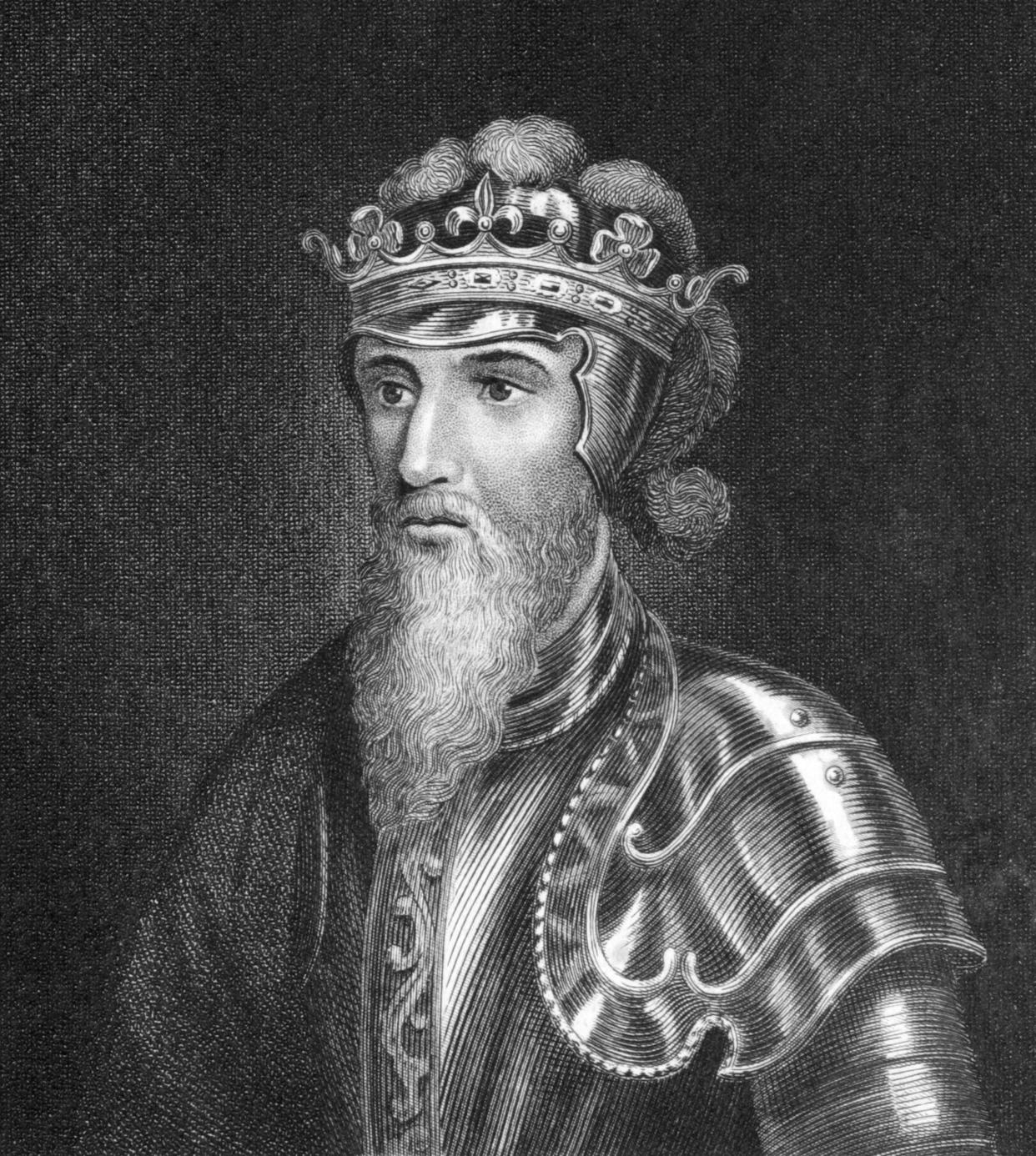
Edward III
Reign: Jan. 25, 1327 - June 21, 1377
(50 years, 148 days)
Edward III was kind when the Hundred Years War against France began. He was Edward II and Queen Isabella’s son, and after the Queen dropped Edward II for a lover, Edward III executed the lover and banished his mother. Most of Edward III’s reign after that was focused on the war efforts.
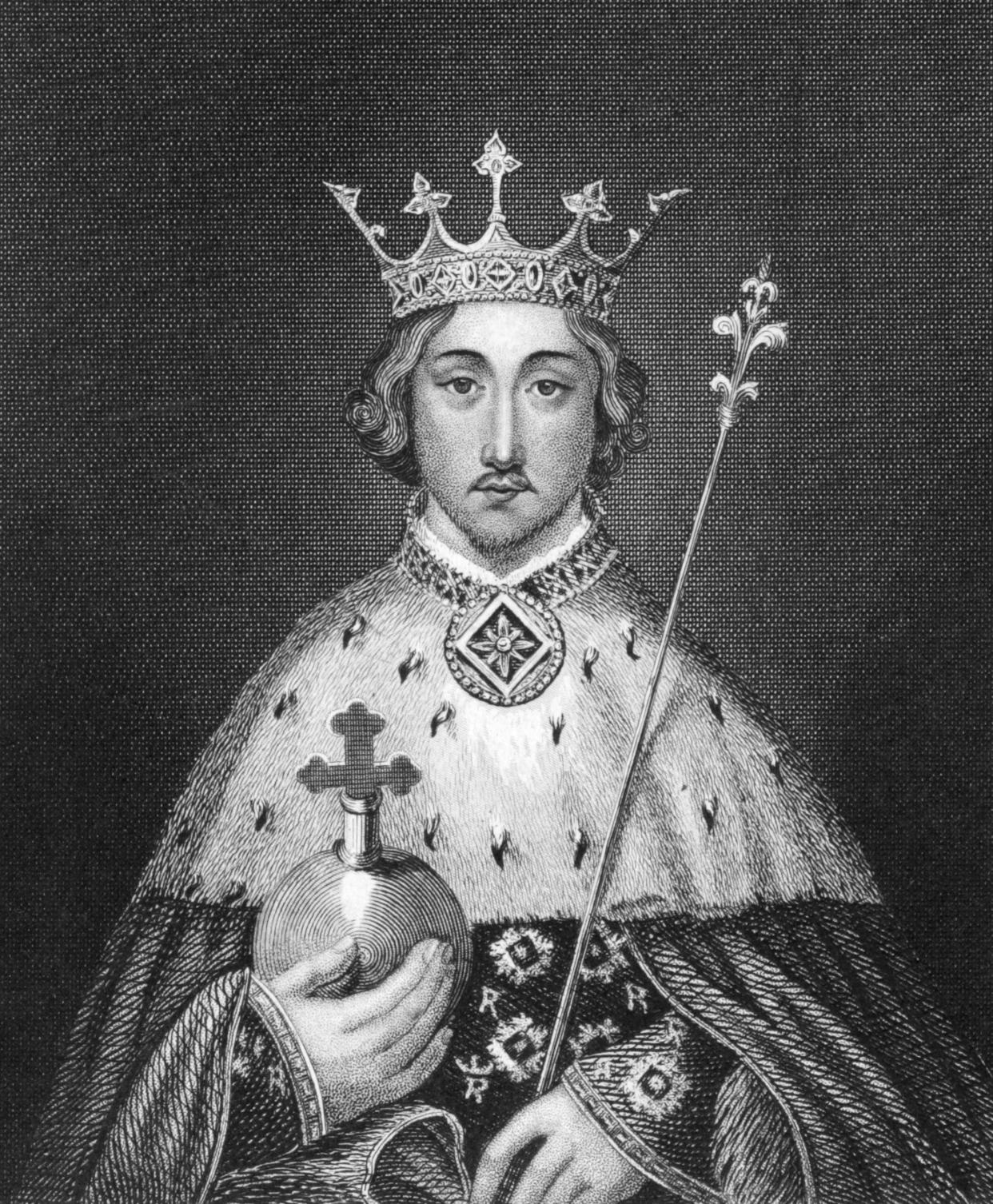
Richard II
Reign: June 22, 1377 - Sept. 29, 1399
(22 years, 100 days)
Richard II was only 10 years old when he became king. Because of his age, the country was ruled largely by his uncle, John of Gaunt. When he became old enough to rule, he kept his “favorites” close by, although these individuals weren’t well-liked by parliament.
He refused to dismiss them, though, so parliament created a committee to oversee the king. Shortly after John of Gaunt died, Richard II took his lands, which were supposed to go to John’s heirs. After an unsuccessful raid in Ireland, Richard II shortly after abdicated and was jailed.
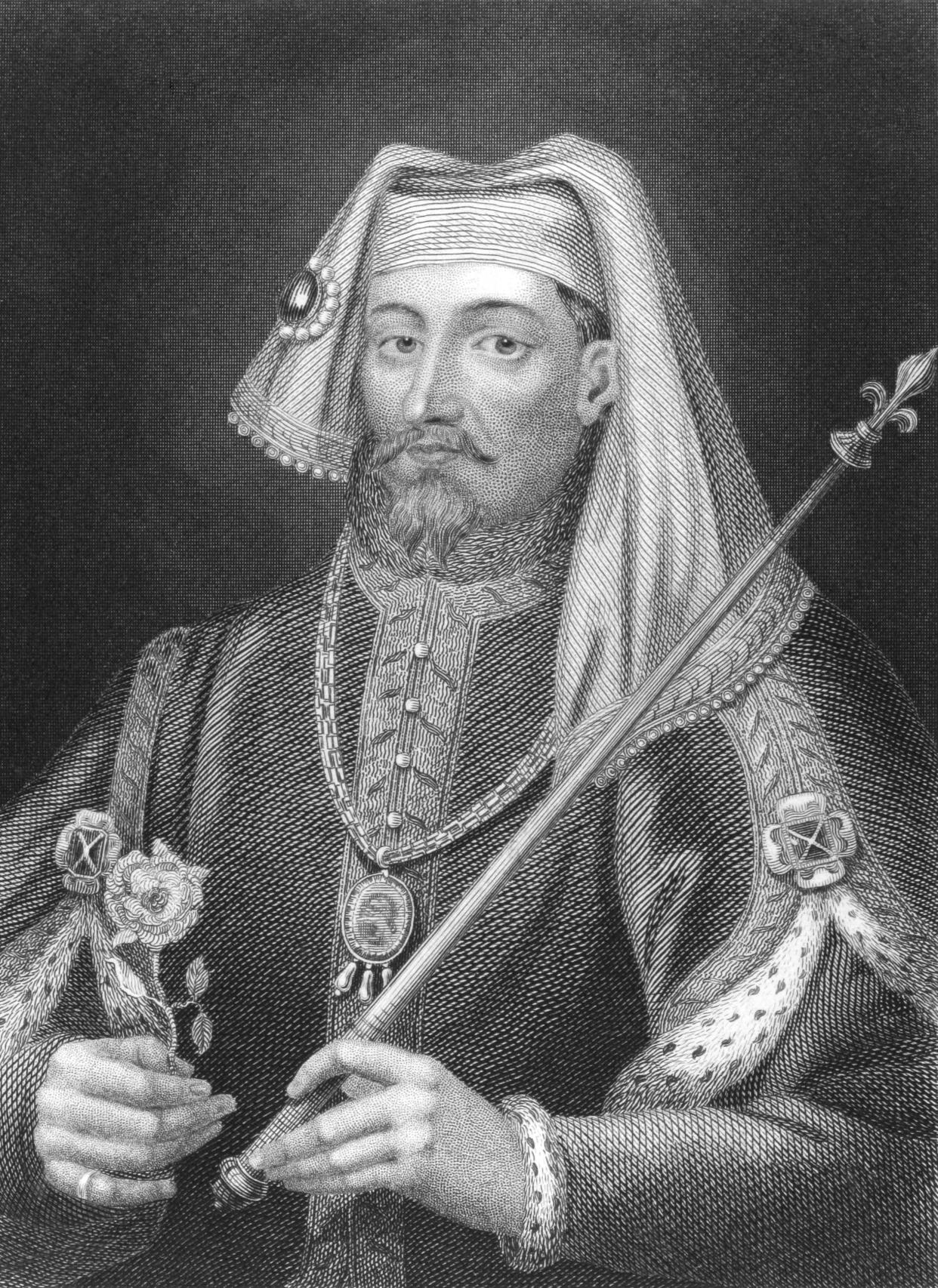
Henry IV (Henry of Bolingbroke)
Reign: Sept. 30, 1399 - March 20, 1413
(13 years, 172 days)
Henry IV took the throne as England was at war with France. He was heir to the French throne, although many didn’t like that he was Protestant and not Catholic. This tension led to more fighting, which soon became known as the “war of the three Henrys.” In 1610, Henry IV would be murdered by a Catholic in Paris.
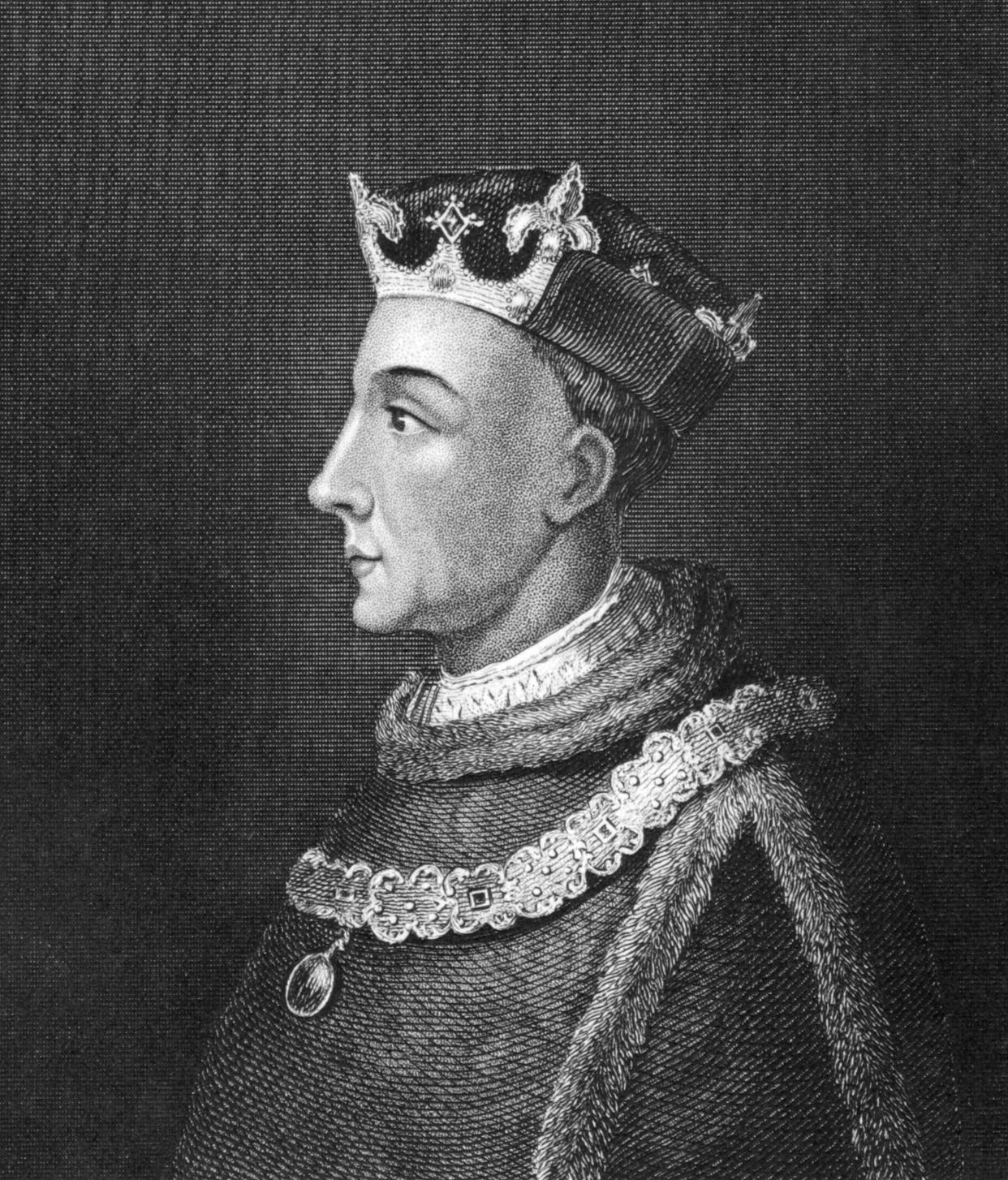
Henry V
Reign: March 21, 1413 - Aug. 31, 1422
(9 years, 164 days)
Henry V was known as the Warrior-Prince for his two successful attempts at invading France. He also became the first king of England since the Norman invasion to primarily use English instead of French. He took the reins at the age of 26 and immediately went to work battling against rumors of attempts to dethrone him in favor of Richard II’s son, Edmund. However, he is still primarily known for his successful attacks against France.
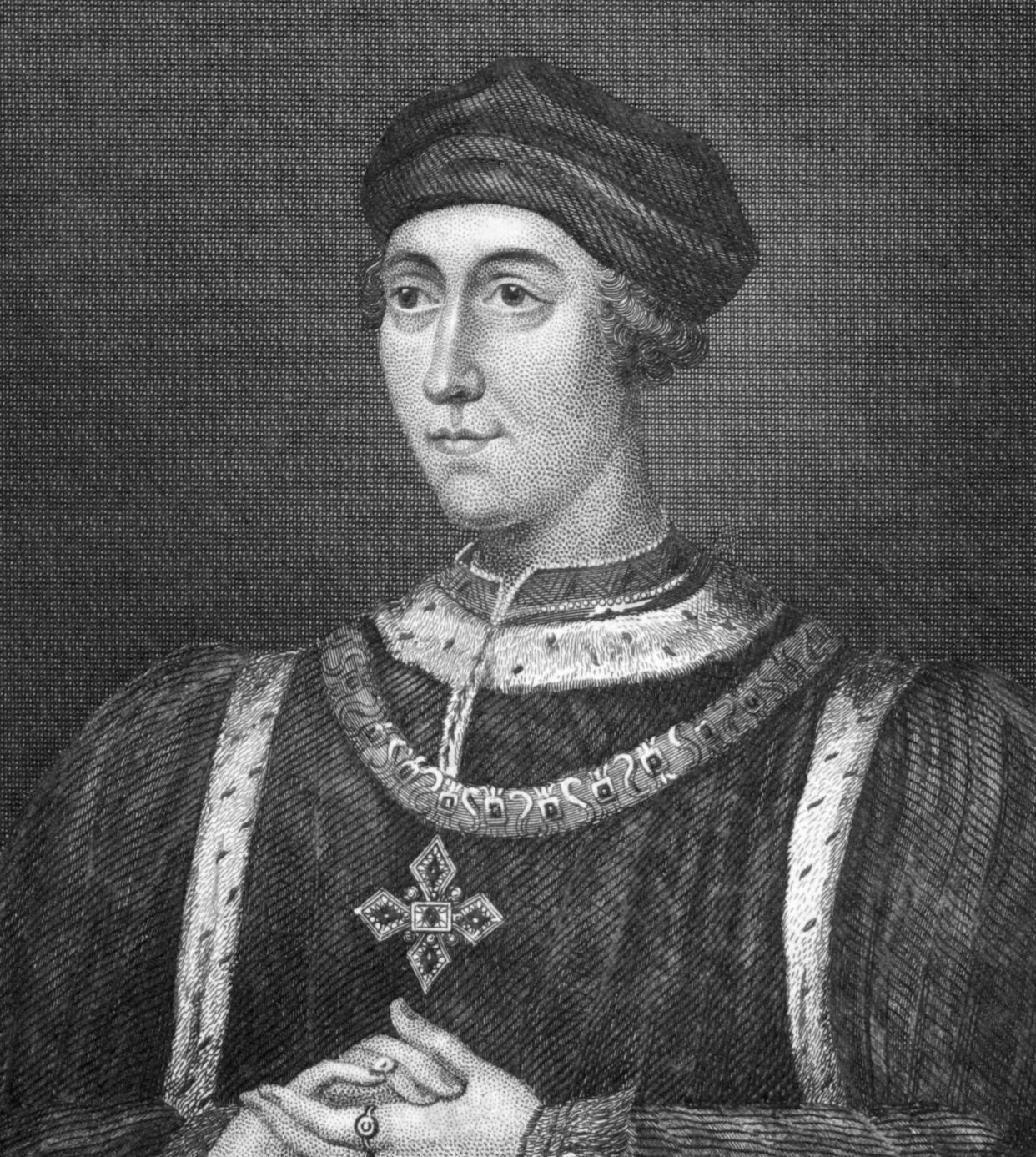
Henry VI
Reign: Sept. 1, 1422 - March 4, 1461
(38 years, 185 days)
Henry VI, the only son of Henry V, began his first reign during the War of the Roses. At only nine months old when his father died, he was the youngest heir to take over the throne. Henry V’s brothers served as counsel to rule England until Henry IV was old enough to rule himself. After the Treaty of Troyes, Henry IV would simultaneously be crowned king of England and France, the only king in history to do so.
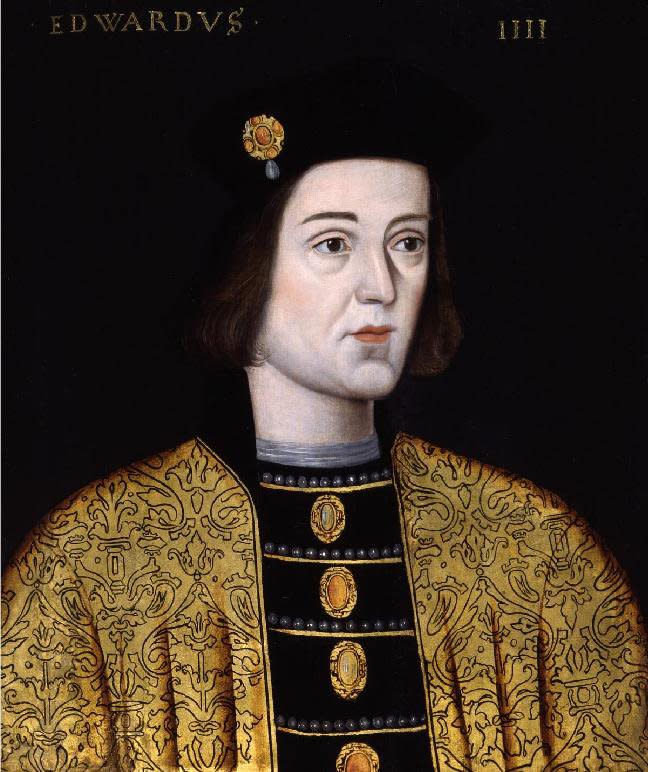
Edward IV
Reign: March 4, 1461 – October 3, 1470
(9 years, 214 days)
Edward IV was 6’ 4,” a whopping height for his time. He was the first Yorkist king of England. He kept several mistresses and is believed to have had at least 10 children. Rumors had it that two of these children were murdered at his uncle’s orders. Edward IV liked fancy clothes and collected historical manuscripts. He helped restore law in England and made business decisions for England that still last to today, such as buying the Duchy of Lancaster’s property in the name of the crown.

Henry VI (2nd Reign)
Reign: October 3, 1470 – April 11, 1471
(191 days)
Henry VI came to power again shortly after he married off his daughter, Anne. He then moved back to England and forced Edward IV to give him back the throne. However, he was still easily swayed by those around him, and many believed that his wife strongly influenced many of his decisions, for better or worse.

Edward IV (2nd Reign)
Reign: April 11, 1471 – April 9, 1483
(11 years, 364 days)
After a revolt made him flee the crown, Edward IV quickly gathered support to again invade England and take back the throne. While he gained notability for his work on the battlefield, he remained in power because of his ability to maintain peace and order in the country after the chaotic years of Henry VI’s reign.
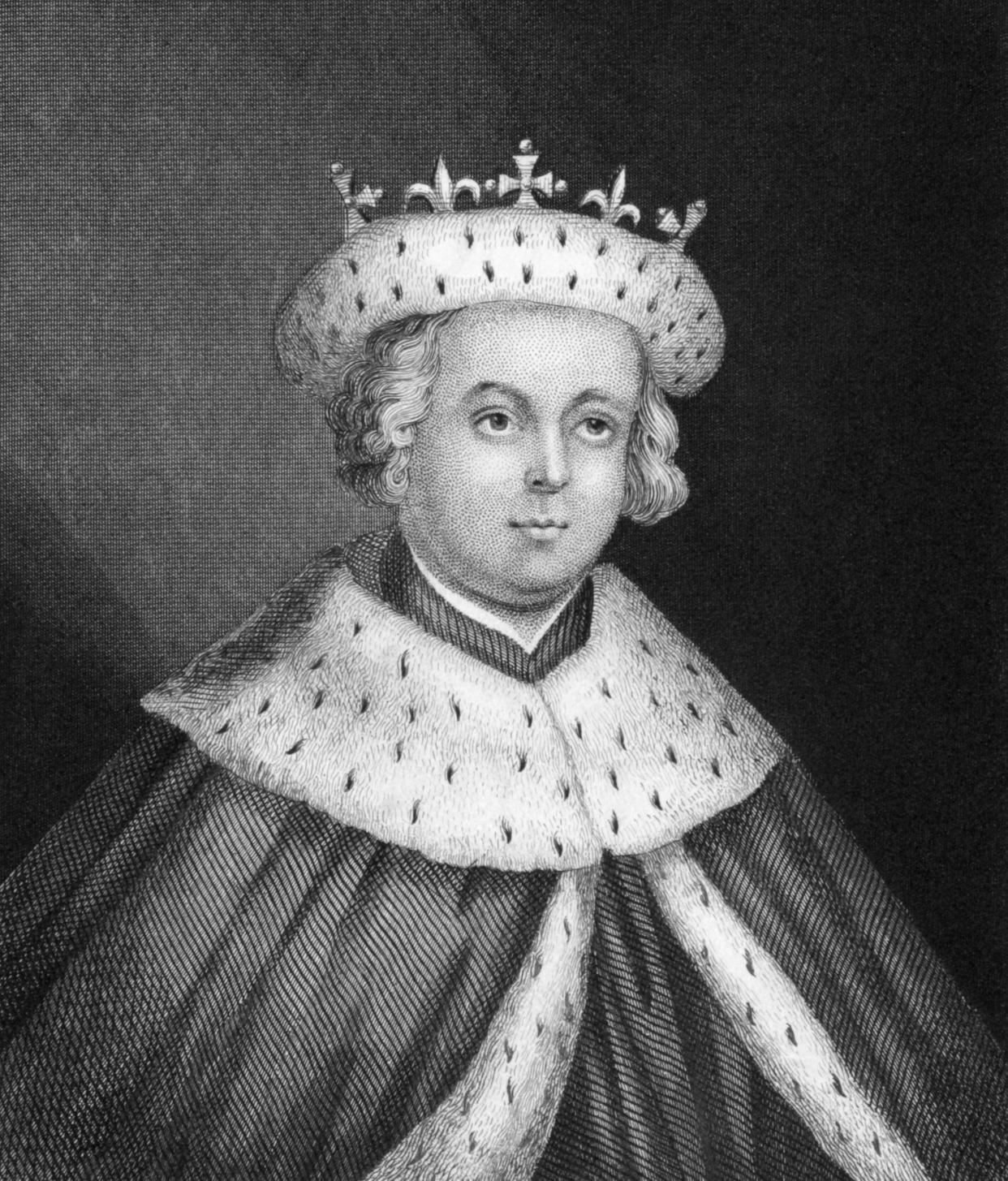
Edward V
Reign: April 9, 1483 – June 25, 1483
(78 days)
While Edward IV was still in exile, Edward V was born in Westminster. Henry VI had promised that his family would remain safe while Edward IV was in exile. After Edward IV took the throne again, Edward V was next in line for the throne.
Edward V was set to take over at 12 years of age after his father died, but his uncle, Duke Richard, instead jailed him and tried assuming the throne himself, going by Richard III. Edward V and his siblings were declared unfit to take the crown since they were allegedly illegitimate children. The siblings soon went missing, although many suspect Richard III had them murdered.

Richard III
Reign: June 26, 1483 – August 22, 1485
(2 years, 58 days)
Richard III took the crown from his nephew, Edward IV, after the death of his brother, the then-king of England. Nonetheless, he was believed to be rather loyal to his brother, Edward IV, and fought against many attempts to overthrow him while he was alive. During his reign, he would help fund Cambridge University’s King’s College and Queen’s College. He would later die in battle in 1485. Richard III's remains were found in 2012 under a parking lot in Leicester.
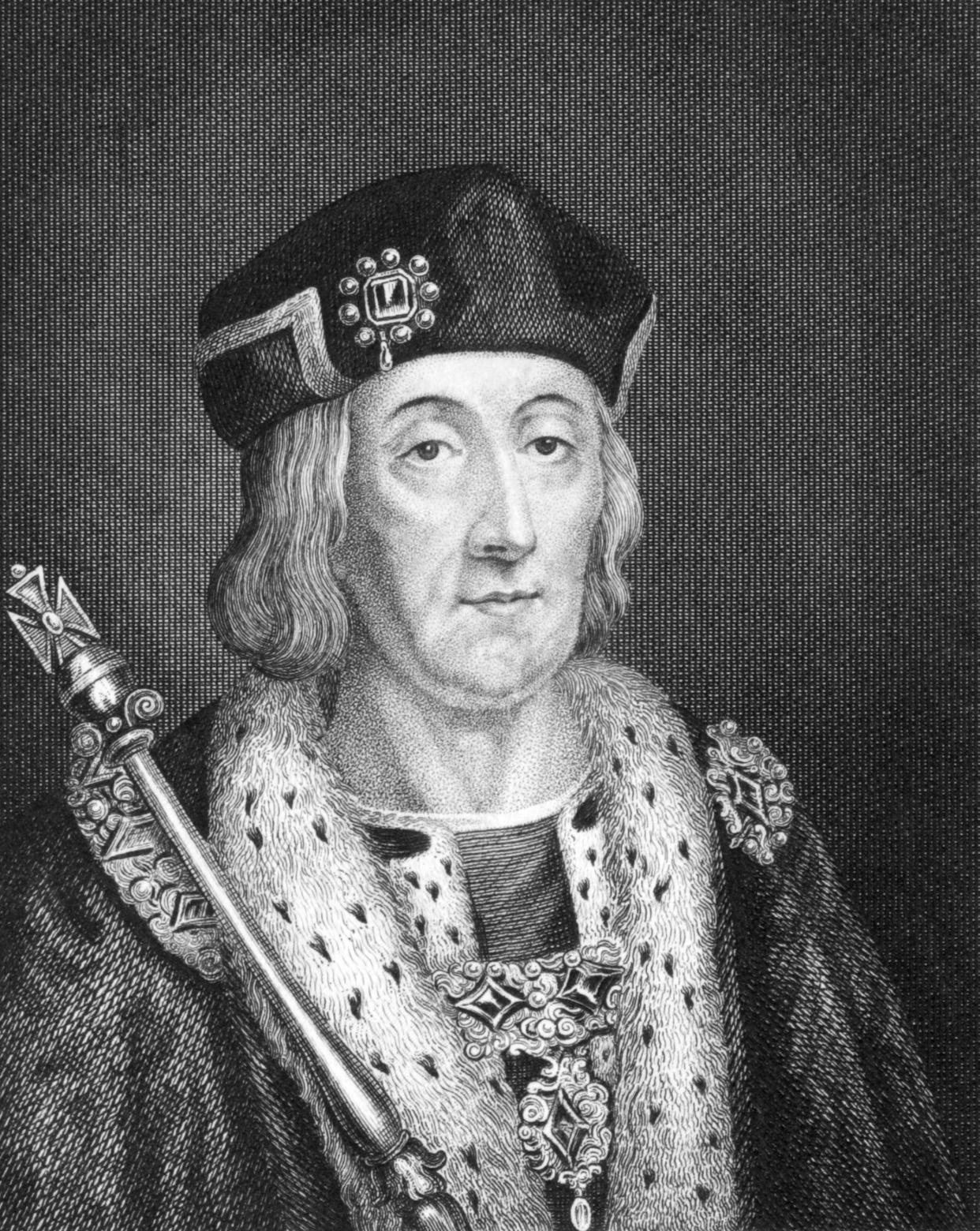
Henry VII
Reign: August 22, 1485 – April 21, 1509
(23 years, 243 days)
While not nearly as recognizable as Henry VIII and wife Elizabeth of York, Henry VII was believed by the Welsh to be descended from the ancient Kings of Brytaine and Princes of Wales. As such, they believed he was prophesied to free them from the Saxons. He would also create the version of the Welsh flag still in use today. Unlike past predecessors, Henry VII had a happy marriage. Also unlike his predecessors, historians believe he didn’t keep any mistresses.
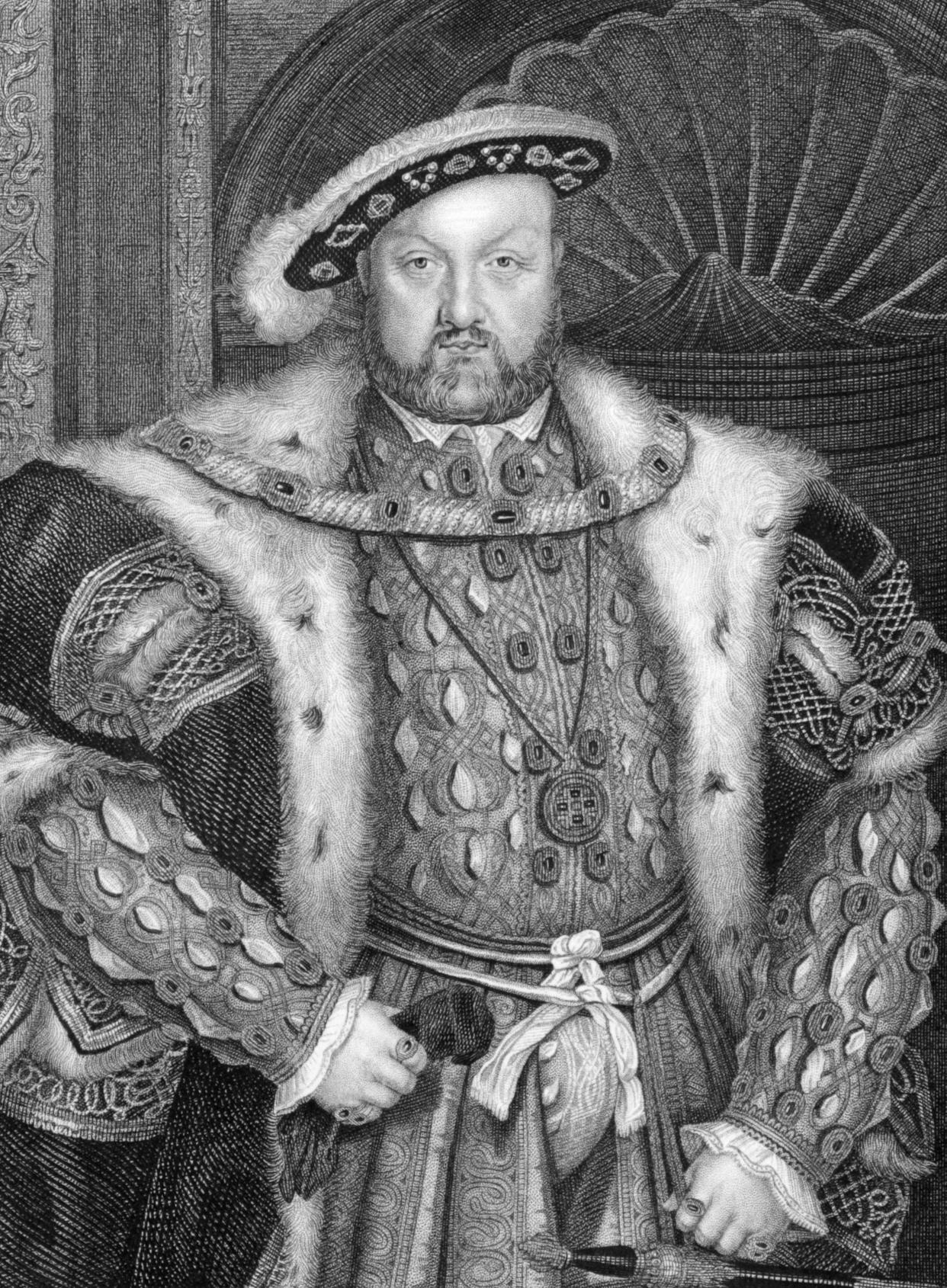
Henry VIII
Reign: April 22, 1509 – January 28, 1547
(37 years, 282 days)
Henry VIII is one of the most recognizable English rulers for the size of his gut and of his ego. It’s well known that he began the reformation after the church refused to annul his marriage. The ruler was a known hypochondriac and spent weeks at a time in isolation in fear of contracting an illness. He was an accomplished musician and composer, and he went deep into debt collecting instruments and other treasures. He would die in debt due to his spending sprees and gambling habit.
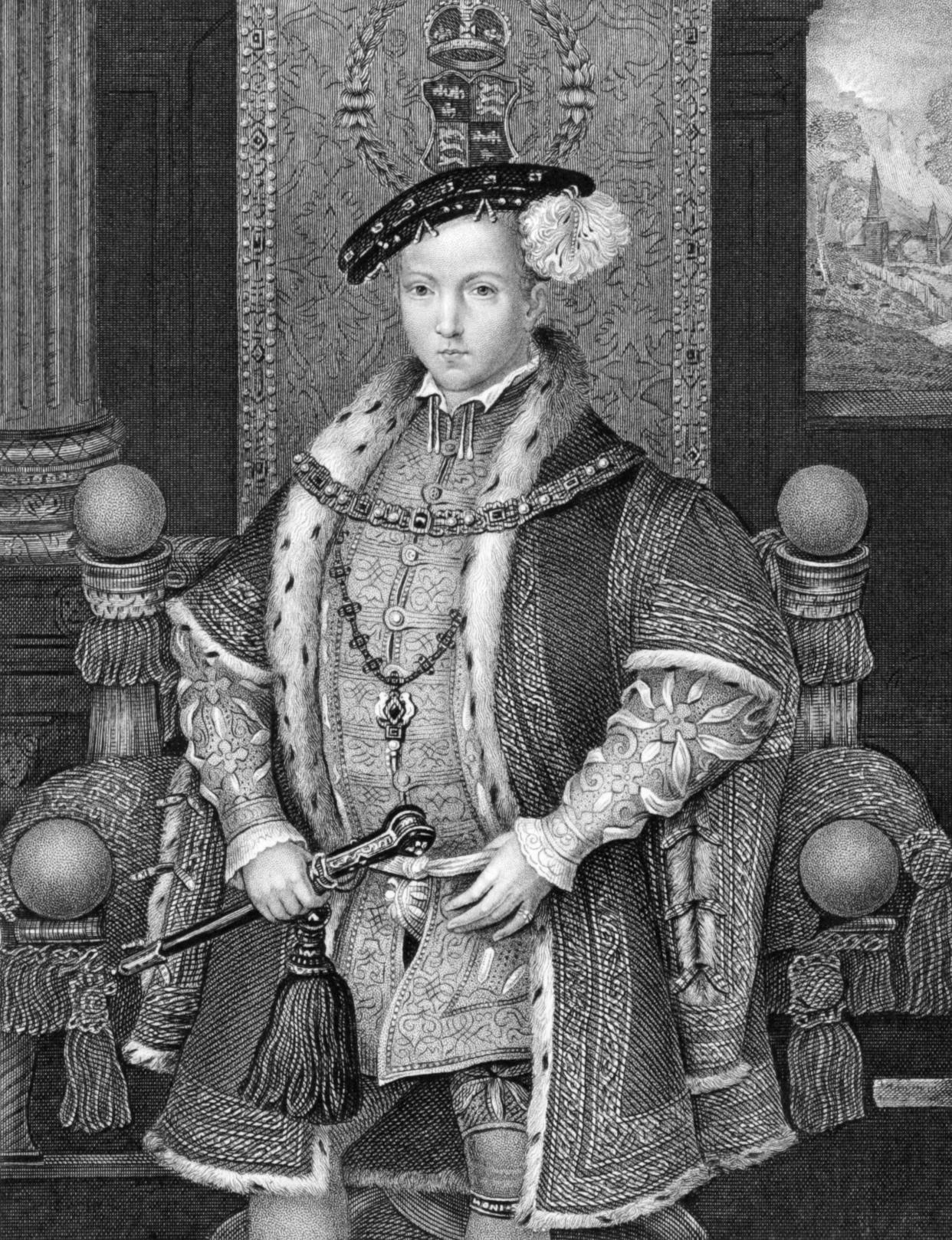
Edward VI
Reign: January 28, 1547 – July 6, 1553
(6 years, 160 days)
Edward VI would be the last Tudor king . However, he was also the first king to receive an education that would prepare him to lead the country. He had private tutors who taught him about government and even went to council meetings. On coronation day, he had a special crown made for him since the ones used before were too heavy and large for his head. Throughout his reign, he also kept a detailed diary of his day-to-day activities.
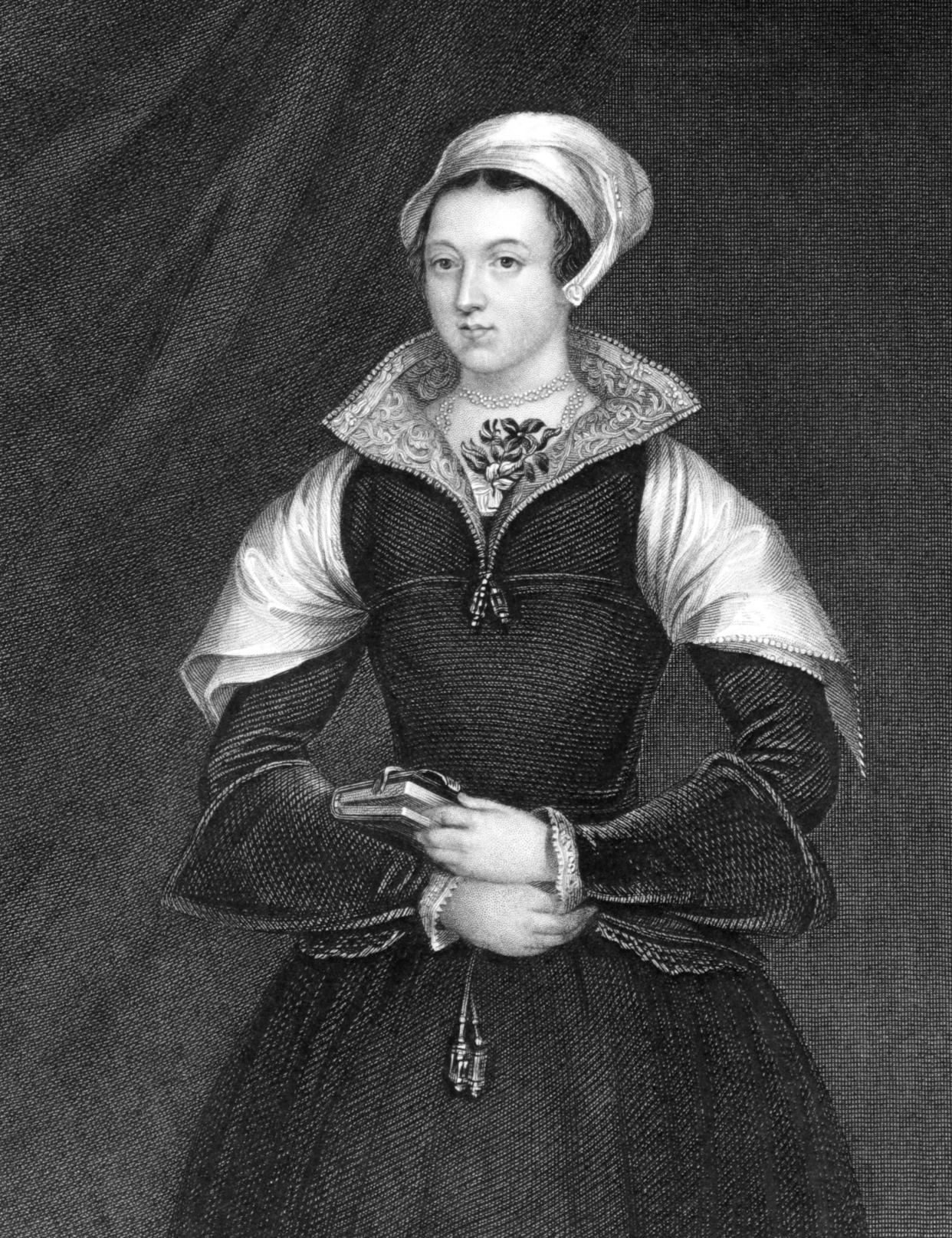
Jane
Reign: July 10, 1553 – July 19, 1553
(Overthrown after 9 days and executed in the Tower of London at age 16)
Lady Jane had the shortest reign in all of the monarch’s history, with just nine days. She was King Edward VI’s cousin, and he left the throne to her over the four others in line before her because she was Protestant. While she was intelligent and spoke Italian and French fluently, the county was still overwhelmingly Catholic, and rebellion against her soon broke out. Nine days after she took the throne, she was executed.
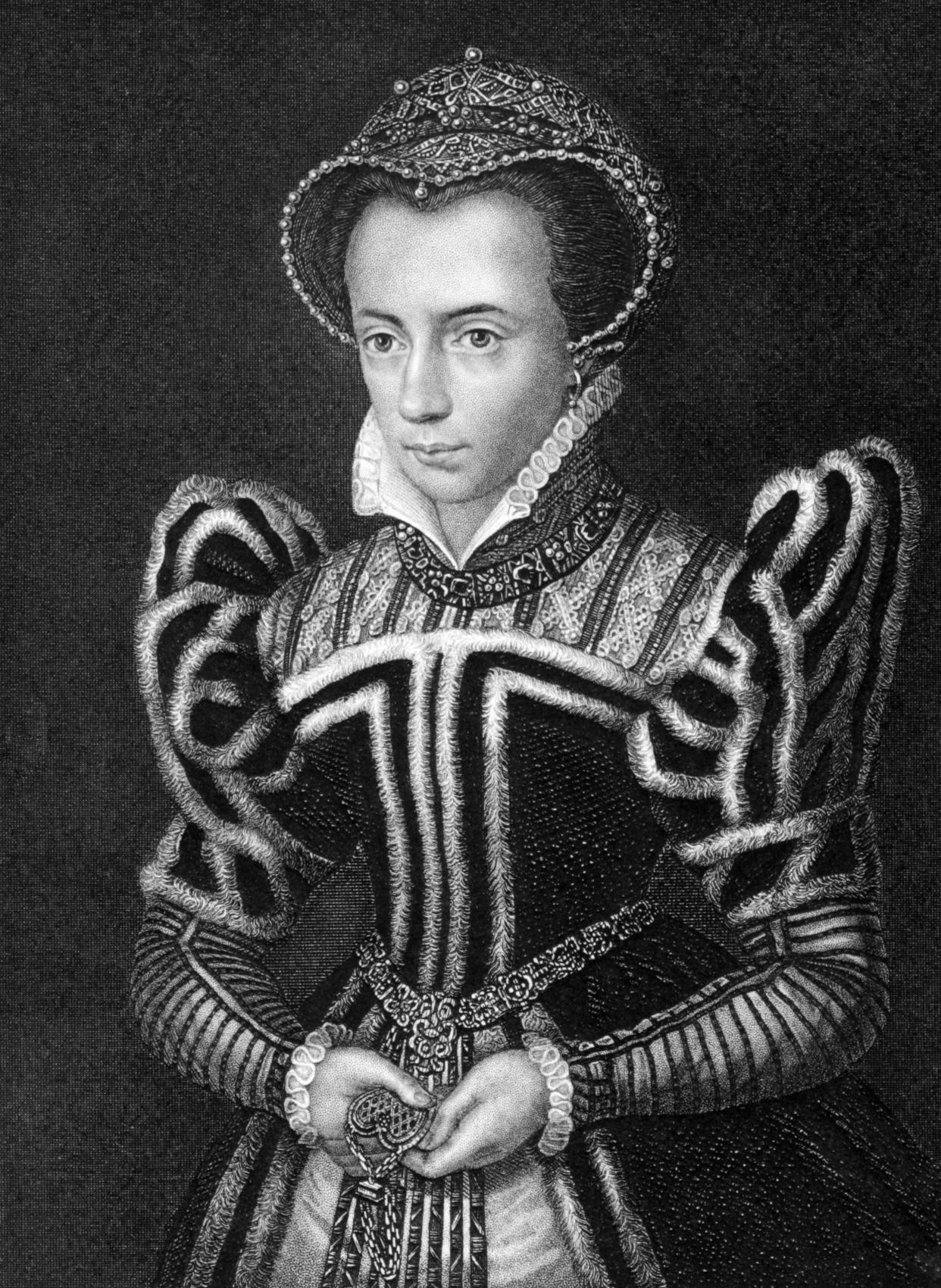
Mary I
Reign: July 19, 1553 – November 17, 1558
(5 years, 122 days)
Mary I almost didn’t become Queen of England. Her father, King Henry VIII, had remarried to Anne Boleyn, and Mary was declared illegitimate since her mother was Catherine of Aragon. Once Anne was executed, though, Mary was reinstated into the line of succession. Her father twice arranged marriages for her, once when she was two and again at 16. Both were eventually canceled, though. She is best remembered as “Bloody Mary” for burning people at the stake in an attempt to restore Catholicism in England.
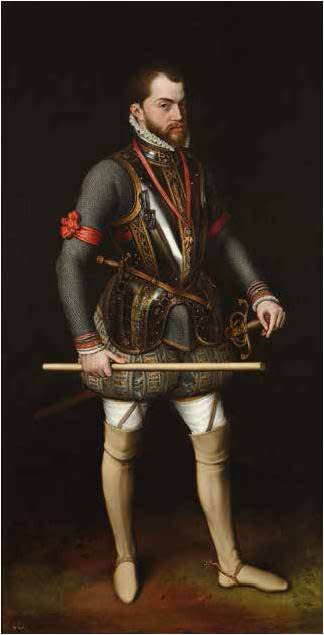
Philip
Reign: July 25, 1554 – November 17, 1558
(4 years, 116 days)
Philip wed Mary I and as a result of the match, he was to receive all of Mary's benefits and and titles for as long as they remained married.
Mary I married King Philip II of Spain in 1554. When she died four years later, he continued working to bring Catholicism to the kingdom. He often fought with Mary for power during their time together, though. He left her after she had a “phantom” pregnancy and only returned to fight against France. He convinced Mary to name Elizabeth, not Mary Queen of Scots, as her successor, since Mary was married to the Dauphin of France, which would complicate the situation for both Spain and England.
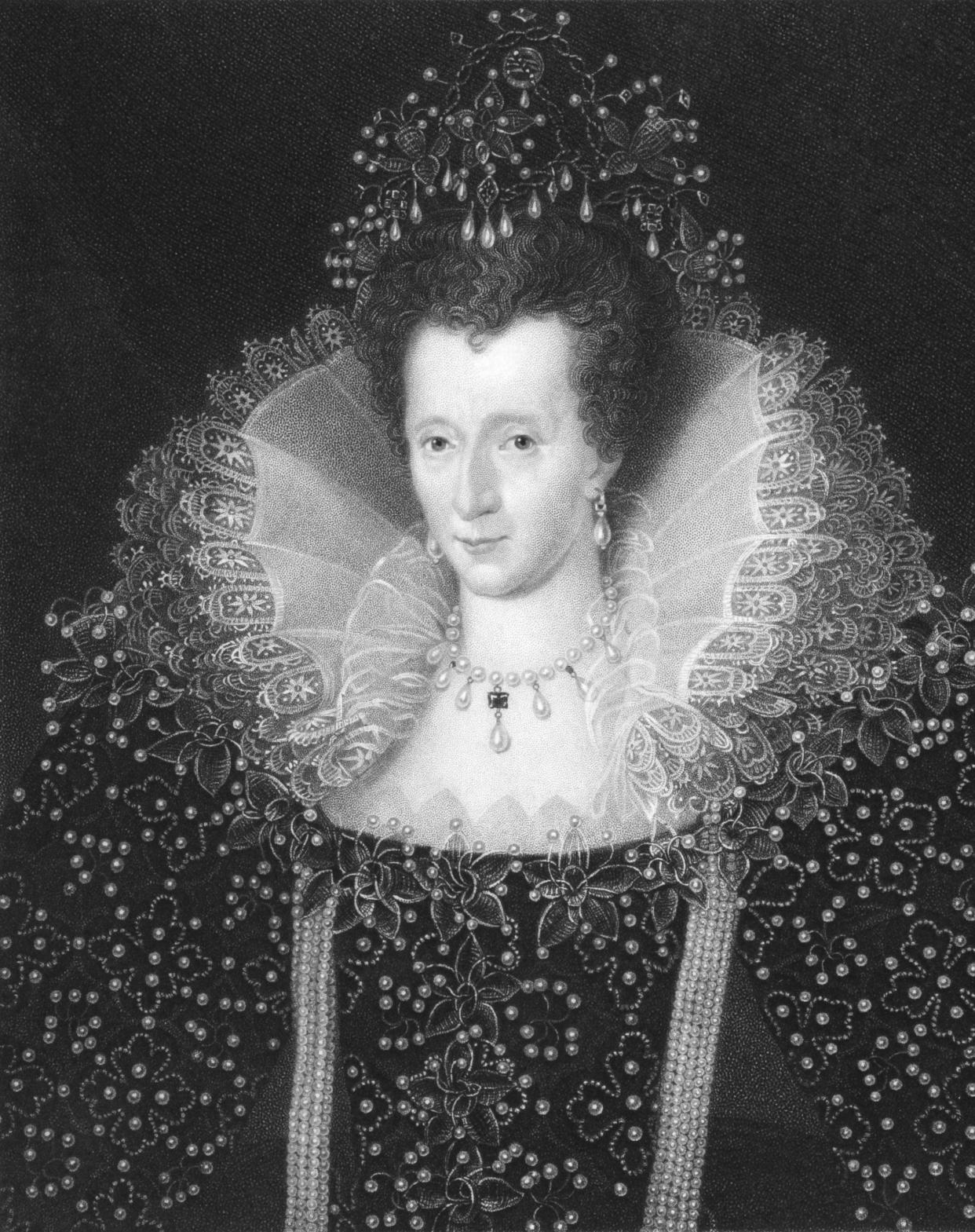
Elizabeth I
Reign: November 17 , 1558 – March 24 , 1603
(44 years, 128 days)
Elizabeth I, one of the most recognizable monarchs in English history, was intelligent, multilingual, and a patron of the arts. She spoke English, French, Italian and Latin. She’s known for bringing “The Golden Age” to England, as this time brought the country the most renowned art and music of its history. Playwright Christopher Marlowe and Shakespeare performed for her, as did composer William Bard. After a rebellion started to get her cousin, Queen Mary of Scotland, on the throne, she jailed Mary and executed her 19 years later.

James I
Reign: March 24, 1603 – March 27, 1625
(22 years, 4 days)
James I became the first king to rule over Scotland, England, Ireland, and the British islands. He was only a year old when he was crowned, so counselors ruled for him until he turned 15, at which point her took full control. He stationed his rule in Scotland until he died. While he was often irresponsible with the Crown’s money, Elizabethan literature grew under his reign.
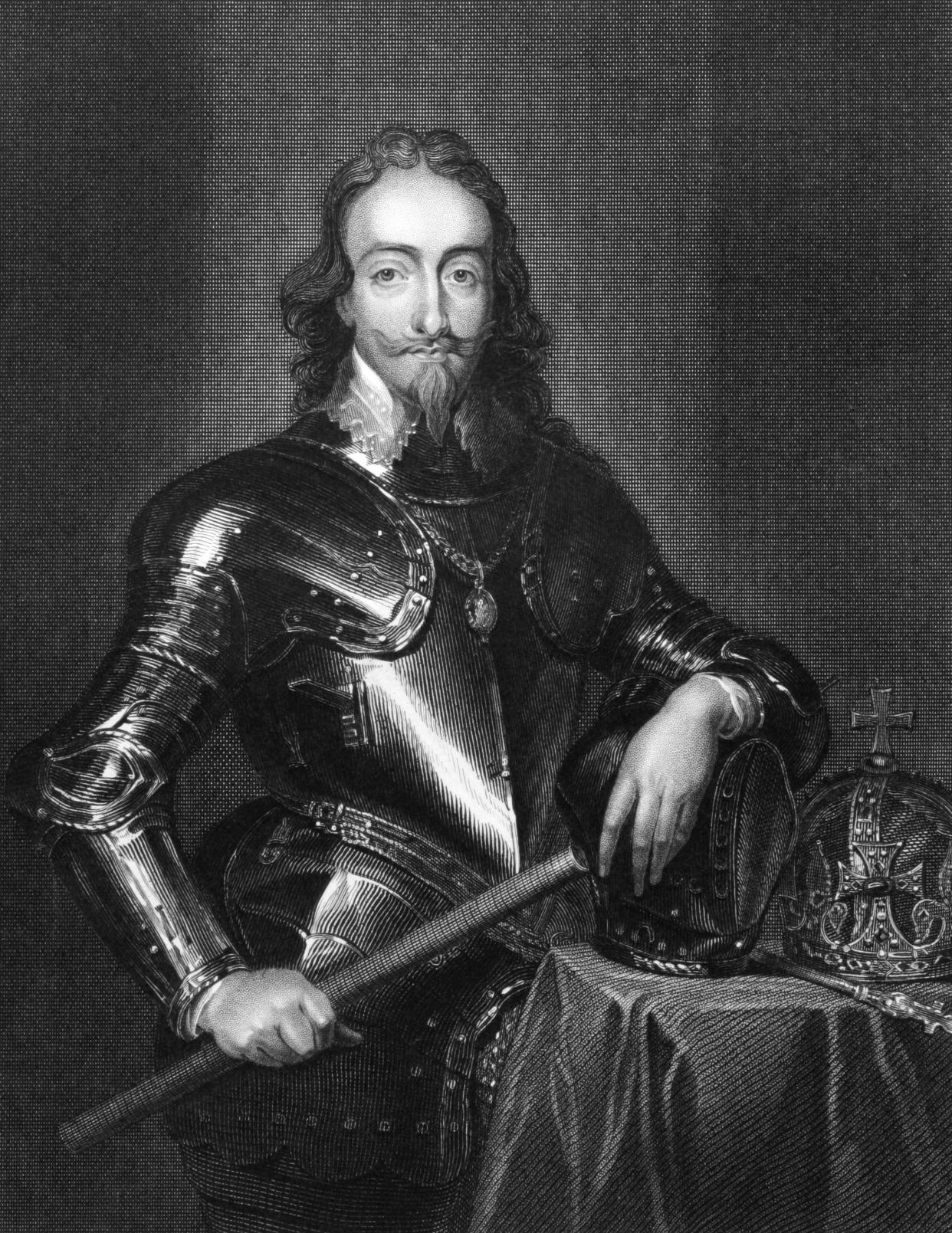
Charles I
Reign: March 27, 1625 – January 30, 1649
(23 years, 310 days)
Charles I also ruled over Scotland, England and Ireland, but he began fighting with parliament almost immediately in his reign. Parliament was against the new king’s military spending, disagreed with his decision to marry a Catholic, and often disagreed with the king. Charles dissolved Parliament multiple times until he did so permanently in 1629. He lack of order and leadership eventually led the people into rebellion against him, and he was executed for treason after the Second Civil War in 1649.

Interregnum
No monarch ruled England from 1649-1660, during a period known at the "Interregnum." From 1649-1653, Parliament was in charge. Then, Oliver Cromwell (pictured here) established himself as Lord Protector and ran things until his death in 1658. Cromwell's son Richard was in control for what was reportedly a chaotic 247 days, after which power shifted from George Fleetwood, to George Monck, until the monarchy was restored under Charles II.
From 1649 to 1660, England was without a set ruler. During this time, Lord Cromwell and others experimented with constitutional government without a monarchy. However, he debated fiercely with Parliament and, later, the House of Commons, for power in the proposed constitution. After Cromwell died, Charles I’s son took over as monarch again.

Charles II
Reign: May 29, 1660 – February 6, 1685
(24 years, 254 days)
Charles II ruled as a Protestant king; however, he converted to Catholicism, which was his actual belief system, on his deathbed. He opted to rule as a Protestant in fear that England would rebel against a Catholic king. Lord Cromwell had banned Christmas, but Charles II brought it back and openly encouraged Christmas celebrations. His people loved him, and admiration grew after he risked his life and fought against The Great Fire of London.
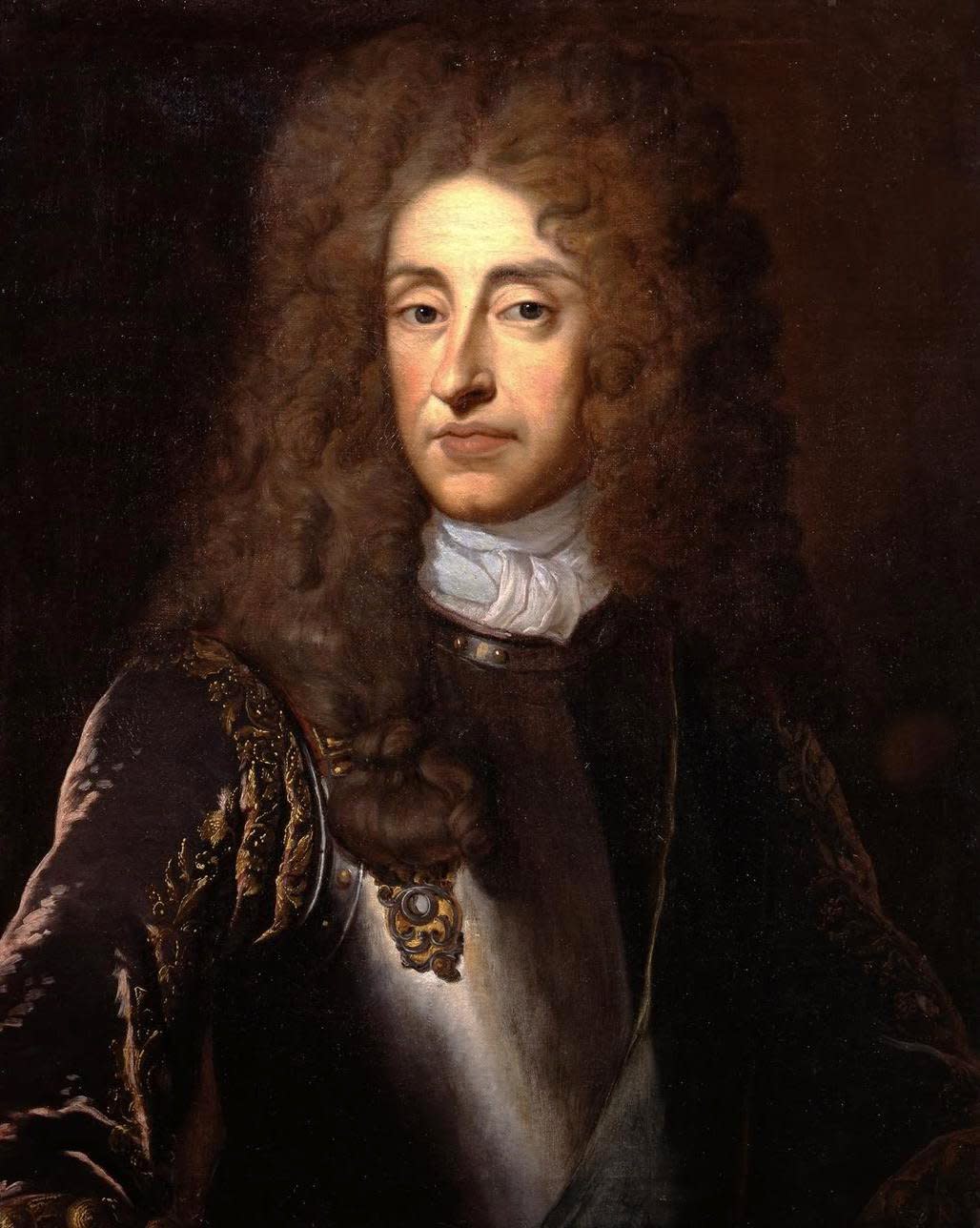
James II
Reign: Feb. 6, 1685 - Dec. 23, 1688
(Overthrown after 3 years, 321 days)
James II was both England’s last Stuart and last Catholic monarch. He was nicknamed The King Over the Water because his family was exiled to France after his father died. As monarch, James II granted religious minorities the right to worship. He would later die during the Glorious Revolution.

William III (William of Orange)
Reign: Feb. 13, 1689 - March 8, 1702
(13 years, 24 days)
William of Orange was the joint king of Ireland and England. He ruled with his wife, Mary II, until her death. He was asked to overthrow James Stuart since he was a Protestant, unlike James. This was the start of the Glorious Revolution. William and Mary would go on to approve te English Bill of Rights. After his wife’s death, he remained childless, and rumors began to flow that he was in intimate relationships with his male friends.
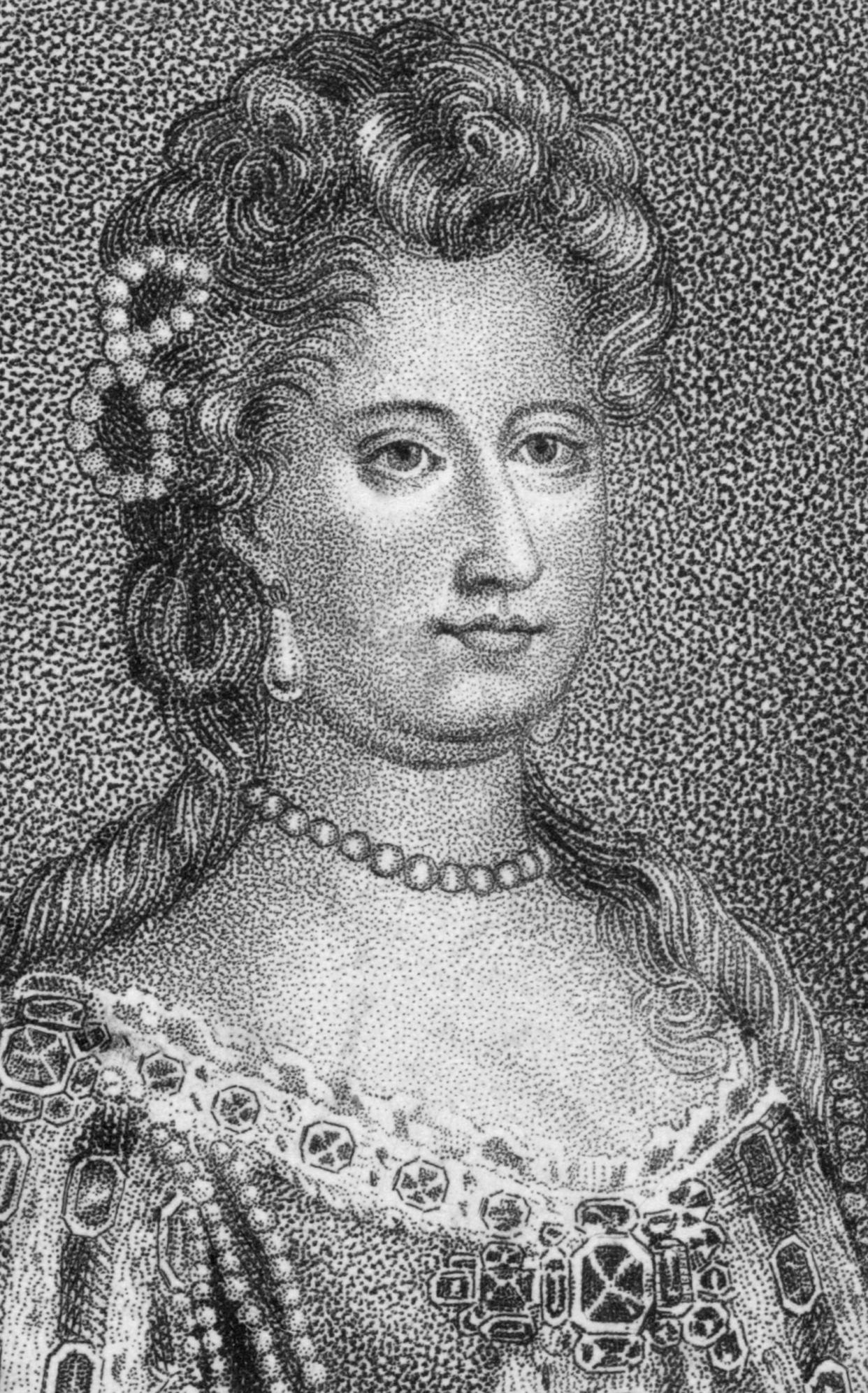
Mary II
Reign: Feb. 13, 1689 - Dec. 28, 1694
(5 years, 319 days)
Mary II had a tumultuous relationship with her husband, William. Nonetheless, she’s best known for her role in advancing the English Bill of Rights, and for prohibiting monarchs from being or marrying Catholics. She died of smallpox, leaving her husband without any children.
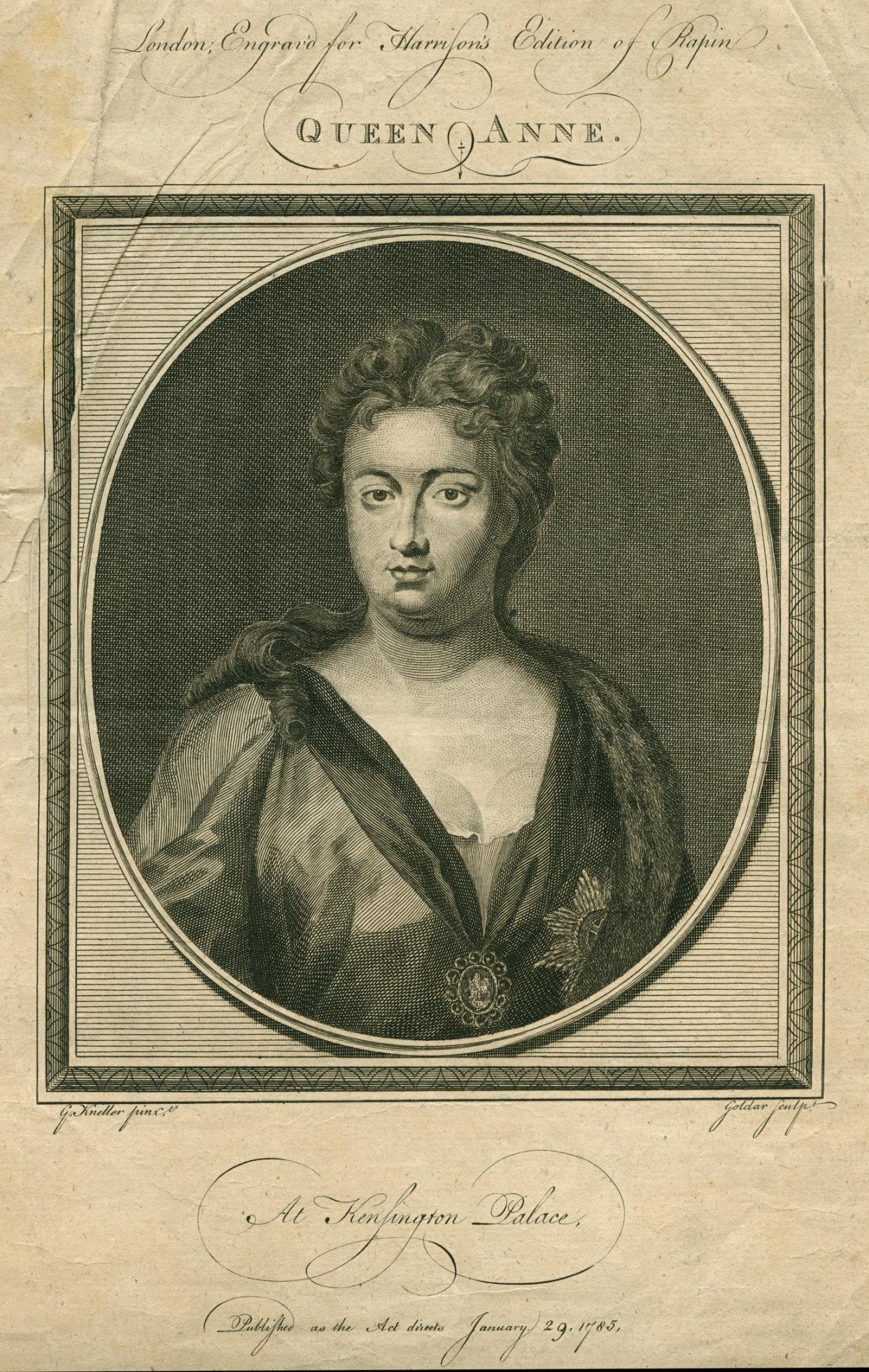
Anne
Reign: March 8, 1702 - August 1, 1714
(12 years, 147 days)
Queen Anne became Great Britain's first monarch. She was one of eight children, but only two of them survived. As a child, she had an eye condition called defluxion, which made her eyes constantly water. Her parents sent her to her grandmother in France when it became clear to them that her condition wasn’t getting better.
Tragedy targeted Anne, as she watched relative after relative die until she became the next in line for the throne. Her reign was marked by scandal, though she did make great scientific, economic and artist gains for the county.
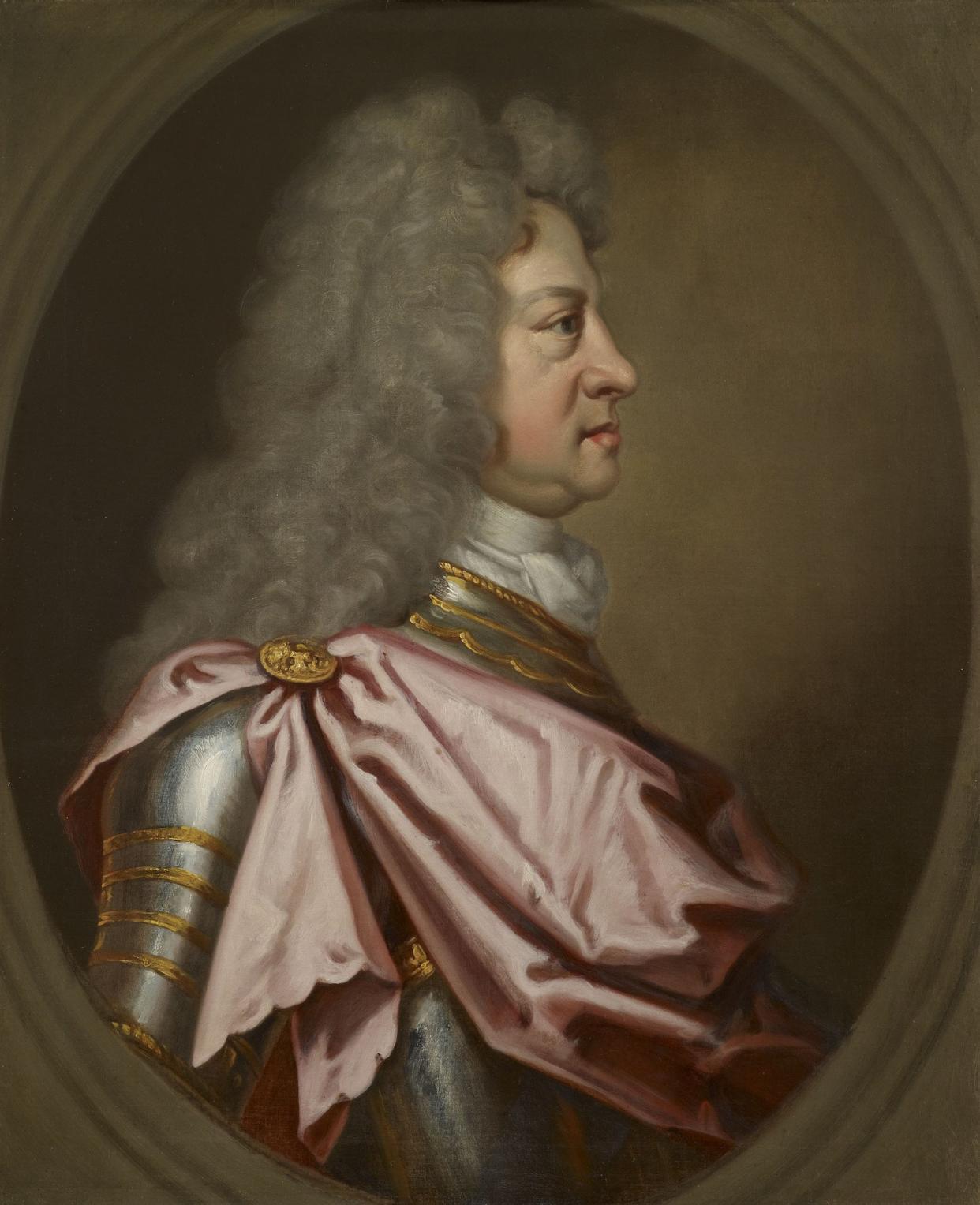
George I (George Louis)
Reign: Aug. 1, 1714 - June 11, 1727
(12 years, 315 days)
George I was the first English monarch to rule because of Parliament and not succession. Before becoming king, he divorced his wife for infidelity. He also locked her in a castle for her indiscretion. Because he was the great-grandson of James I and a Protestant, Parliament passed the Act of Settlement to ensure George I would get the throne, as they did not want a Catholic monarch. As king, he was shy, avoided crowds and was unpopular with the English.
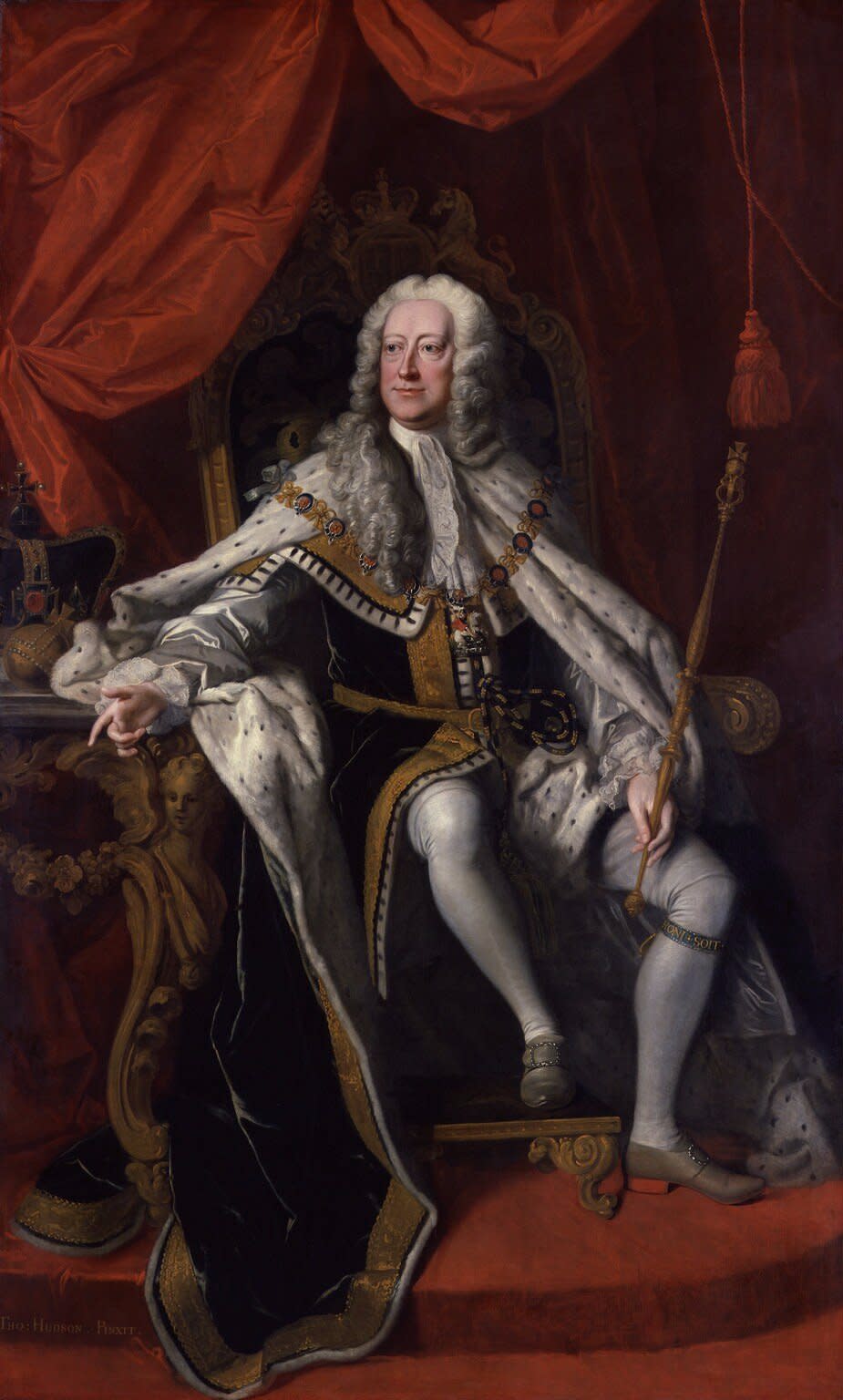
George II (George Augustus)
Reign: June 11, 1727 - Oct. 25, 1760
(33 years, 137 days)
George II had a long rule in Britain through oligarchy and powerful political counselors on his side. His wife, Caroline, was often said to rule over him and was more well-liked. Shortly after her death, he was called to battle and would become the last monarch to fight in war. However, many thought he was a coward and was easily influenced by those around him.
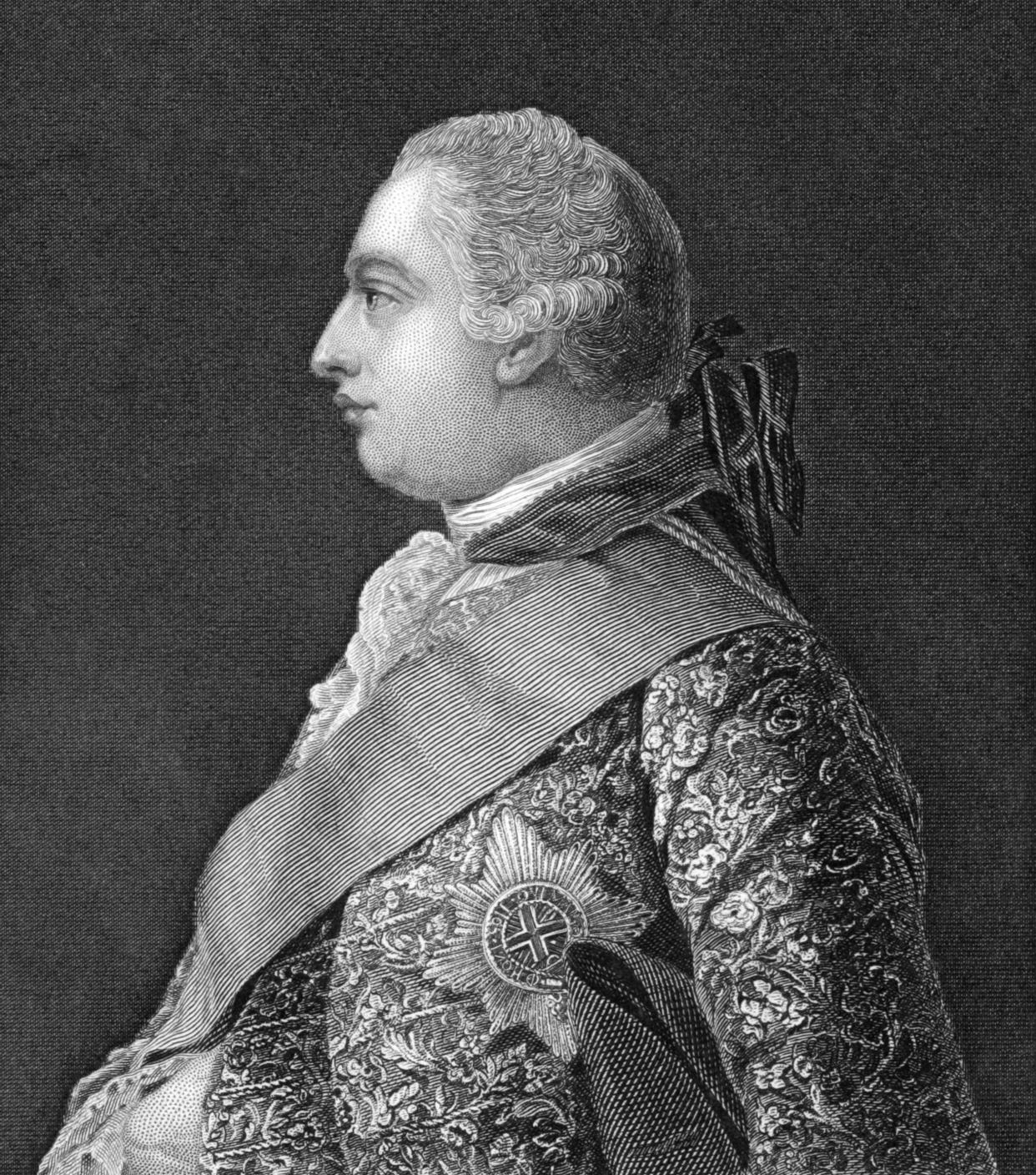
George III
Reign: October 25, 1760 – January 29, 1820
(59 years, 97 days)
George III is known as the first ruler to be educated in science, and his collection of scientific tools are still on display at the Science Museum. The American War of Independence happened during his reign, and Britain also lost the American colonies. The Battle of Waterloo with France would also happen under George III. He commissioned a series of golden carriages, eight of which are still in use today. He kept a series of books and was particularly interested in learning about agriculture, which he was often teased for.
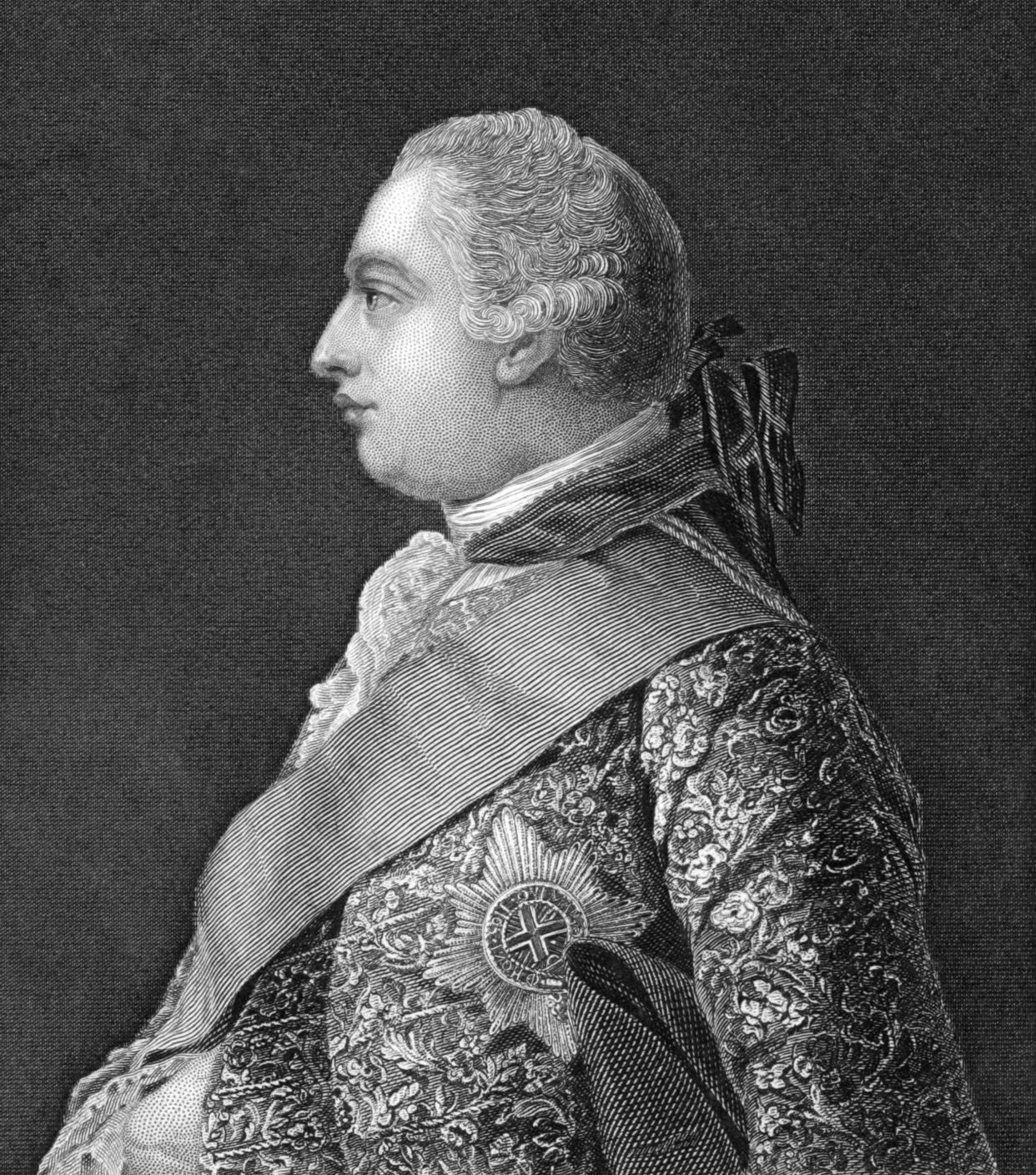
George IV
Reign: January 29, 1820 – June 26, 1830
(10 years, 149 days)
George IV was spoiled as a child, attending lavish dinners regularly and getting nearly anything he asked his father for. He was hated by his staff, who he treated poorly, and had many mistresses and a drinking habit from a young age. He was addicted to gambling and lost great amounts of money on it. His habits earned him the nickname “The Fat Adonis.”
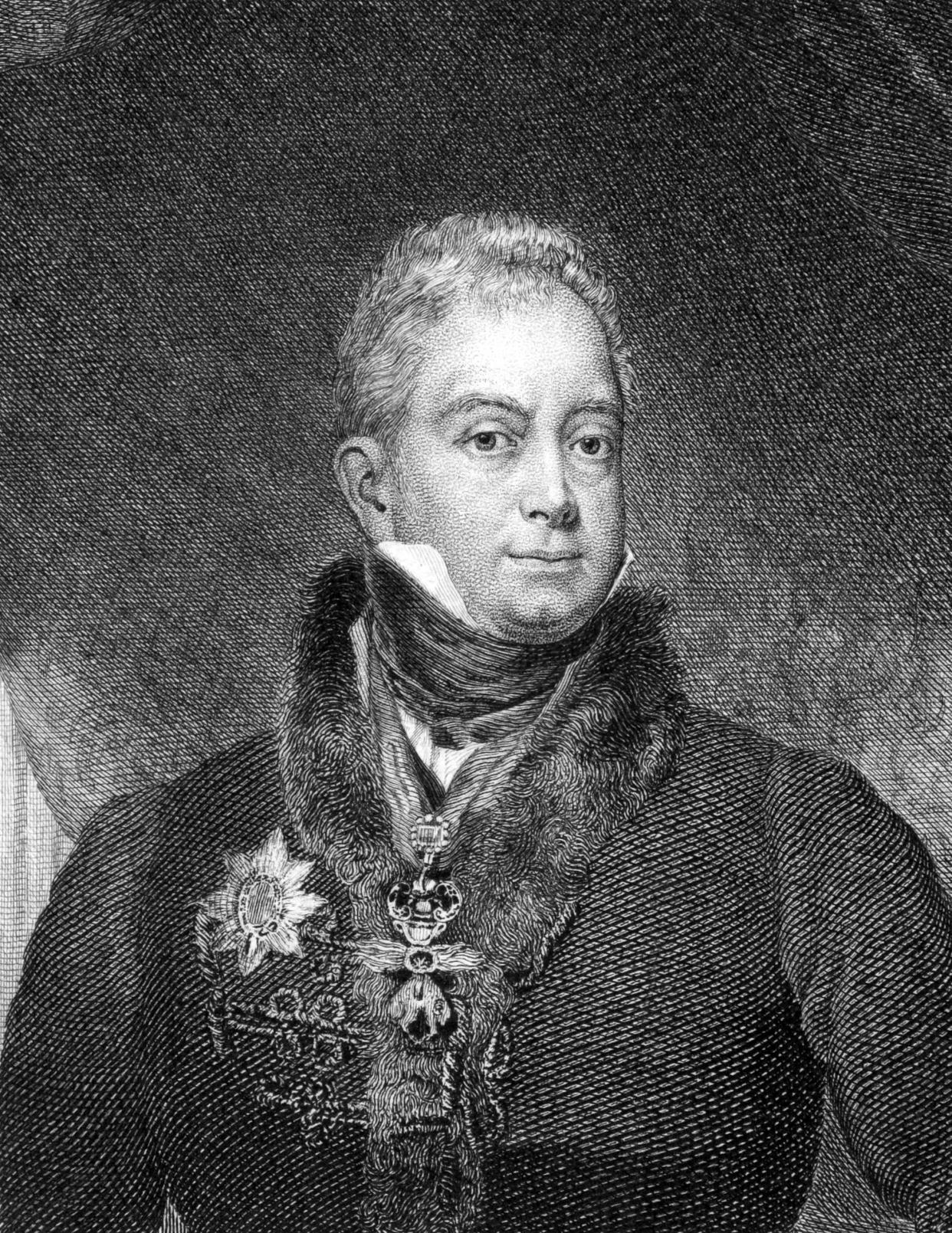
William IV
Reign: June 26, 1830 – June 20, 1837
(6 years, 360 days)
William IV served in the Royal Navy, which would earn him the nickname “Sailor King." . Despite his royal background, William IV brawled and bar hopped like many other sailors, and he earned jail time after one brawl in Gibraltar got out of hand. He had several affairs as a prince, one of which was an Irish actress called Dorothea Jordan. After having illegitimate children with her, he abandoned her, and she had to escape to France to flee debtors.
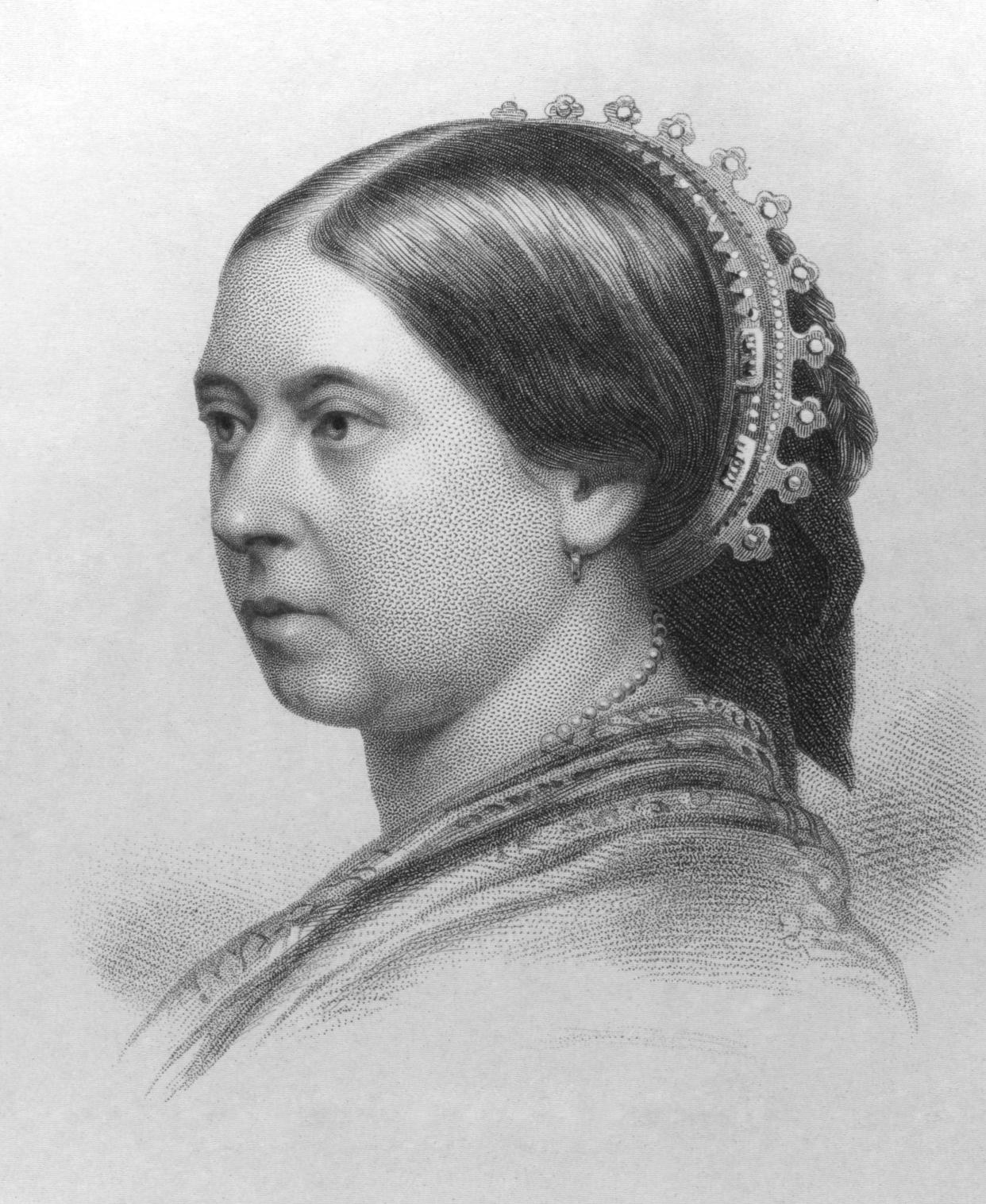
Victoria
Reign: June 20, 1837 – January 22, 1901
(63 years, 217 days)
Queen Victoria would be the first royal to live in Buckingham Palace. During her reign, there would be at least eight attempts to assassinate her, the first of which happened when she took the throne at age 18 and was traveling in a royal carriage. Unlike other royals, she actually loved her husband, Prince Albert, and she even proposed to him. Her wedding set many trends that are still popular today, including wearing white and having a lace gown.
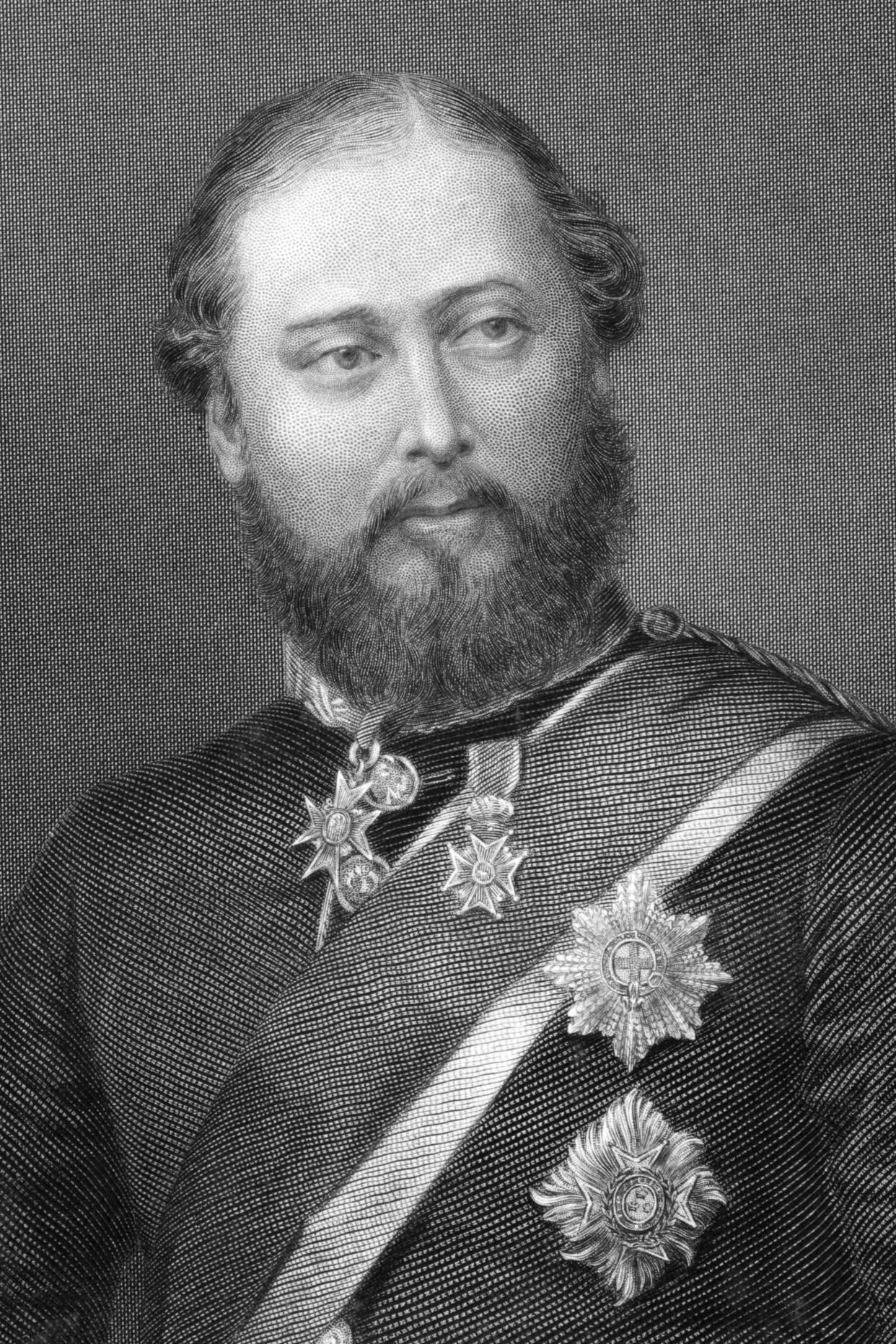
Edward VII
Reign: January 22, 1901 – May 6, 1910
(9 years, 105 days)
While his mother, Queen Victoria, had a 63-year reign, Edward VII would only hold the crown for just over nine years. He and his siblings lived a sheltered life as children, and Edward VIII learned at a young age to enjoy the riches of his royal life. He didn’t get the throne until he was 59. While waiting, he had a French chair created called the Siege d’Amour, which was designed to let him make love to two women at once. He ate at least five meals a day, most of which consisted of at least 10 courses.
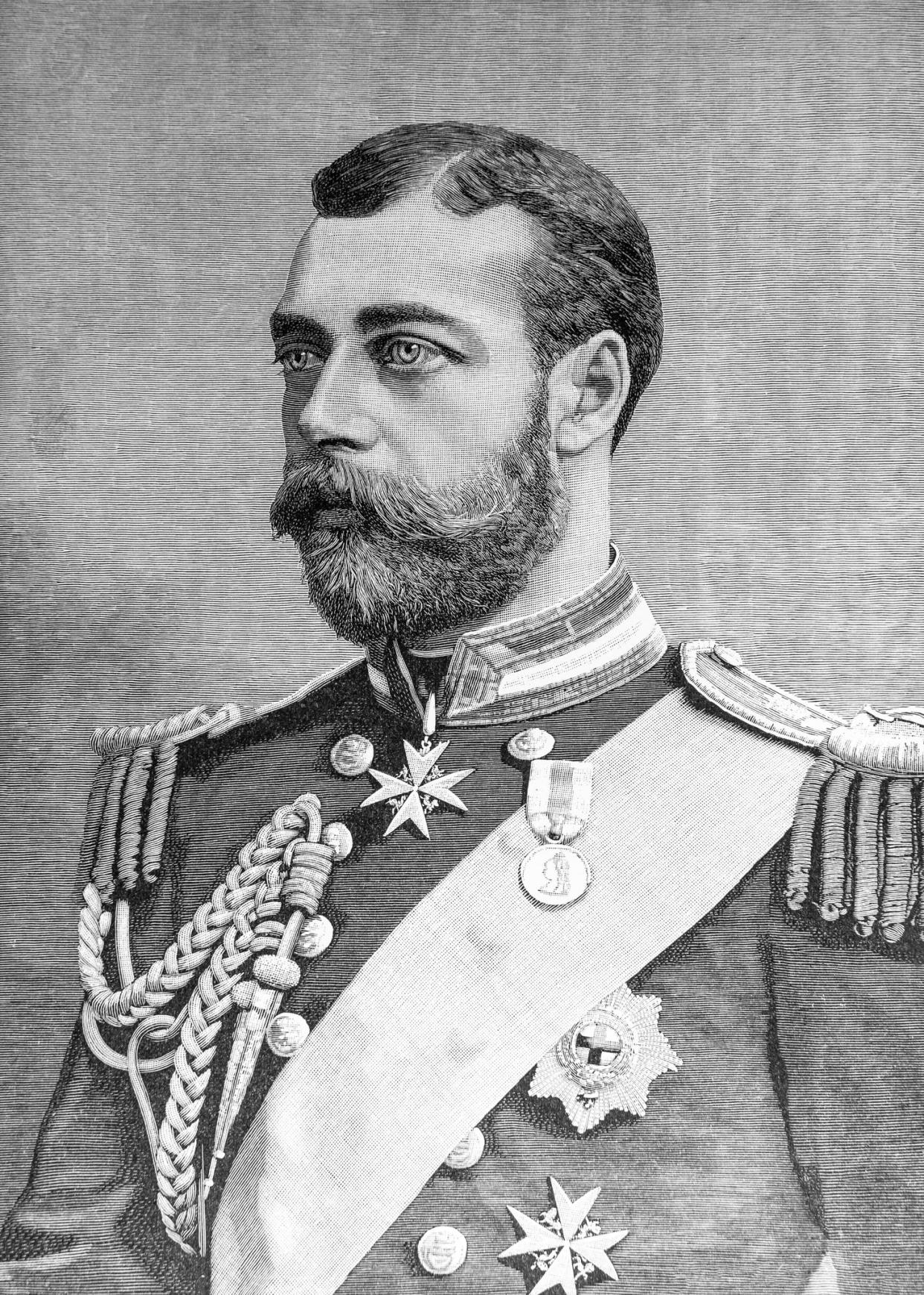
George V
Reign: May 6, 1910 – January 20, 1936
(25 years, 260 days)
George V, as a second child, never expected to be a king. After his brother died, though, he took over just in time to see the country through a serious constitutional crisis. Soon afterward, he would also be the seated king during WWI, the Russian Revolution, and both the Irish and the Indian nationalist movements. While the radio came around during his reign as well, he refused to give public speeches over the radio.
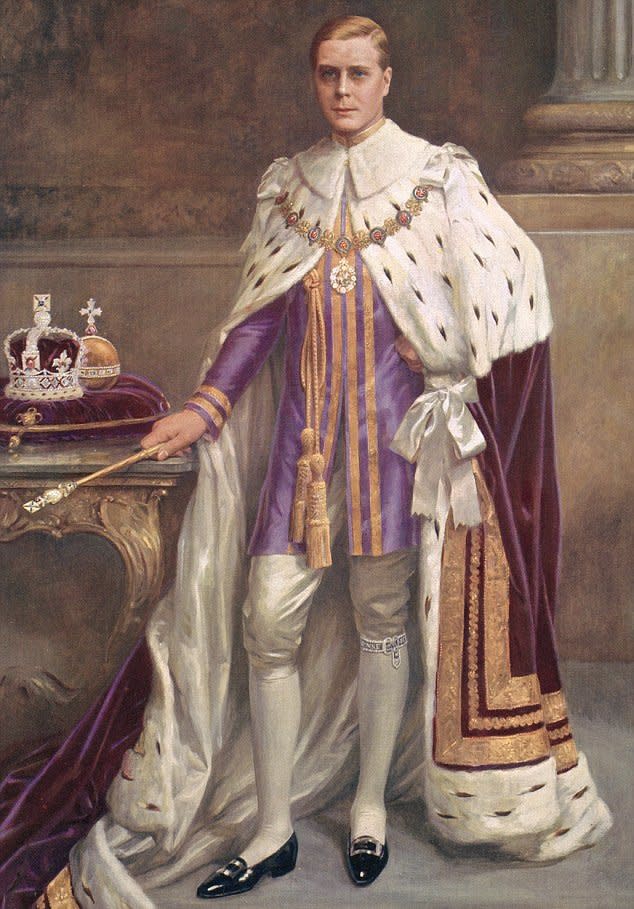
Edward VIII
Reign: January 20, 1936 – December 11, 1936
(Abdicated after 326 days)
Edward VIII is most well-known for giving up the crown to follow his heart. He wanted to join the Royal Navy before becoming king, but his father ceded the throne to him when he was just 16. When WWI broke out, he wanted to fight, but the Crown kept him from fighting on the front lines. In college, he developed a taste for partying, and while on a trip to Paris, he had an affair with a woman named Marguerite Alibert, who later killed her husband, resulting in a major scandal for the Crown.
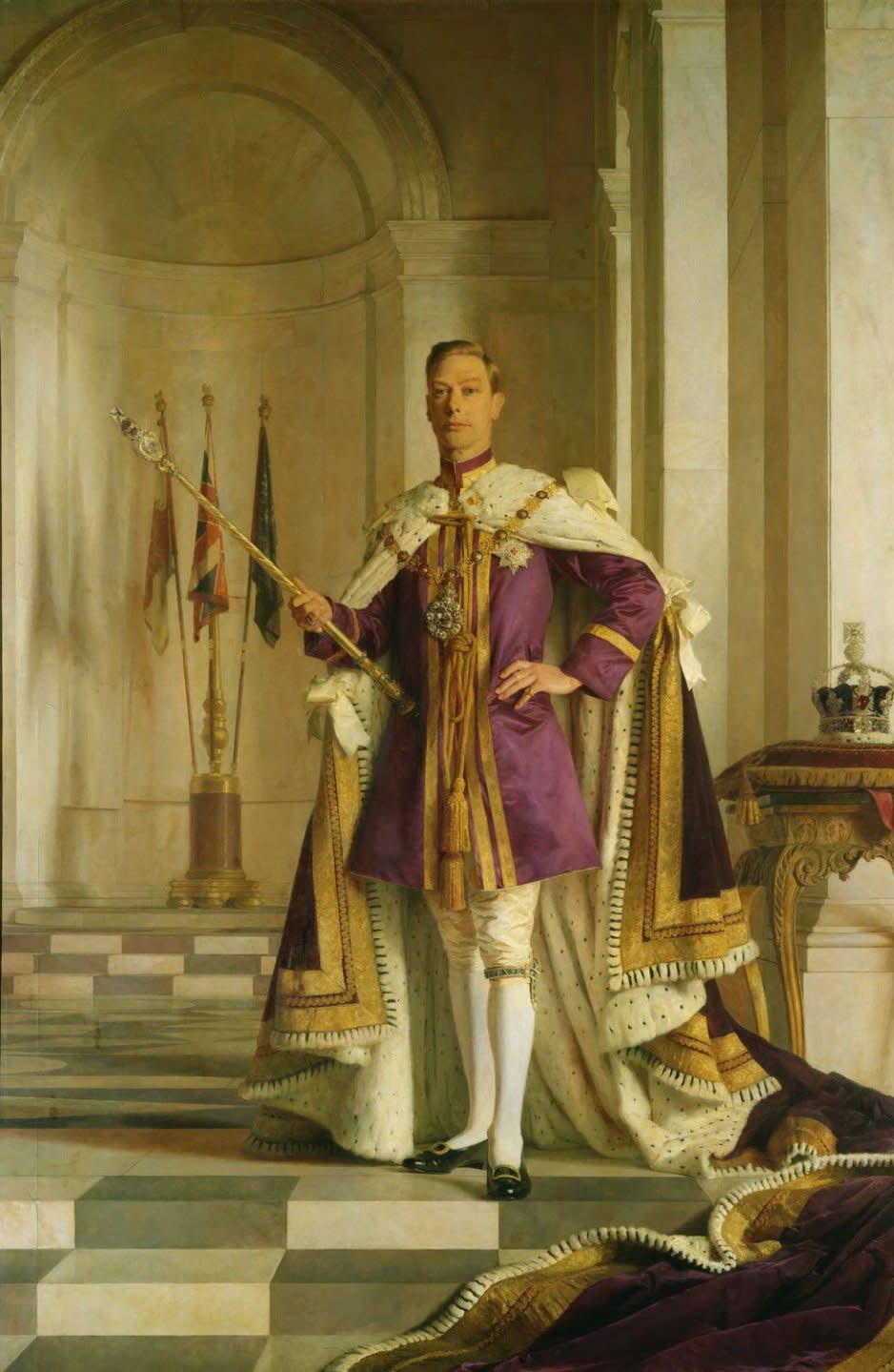
George VI
Reign: December 11, 1936 – February 6, 1952
(15 years, 58 days)
When Edward VIII gave up the throne, George VI took over. He had a nervous stammer, though, and he avoided public speaking when he first took over. He got over it with a speech therapist, though, and he became rather popular with the public. After fighting in WWI, he was credited for bringing both the troops and the British public together in support of the war effort.
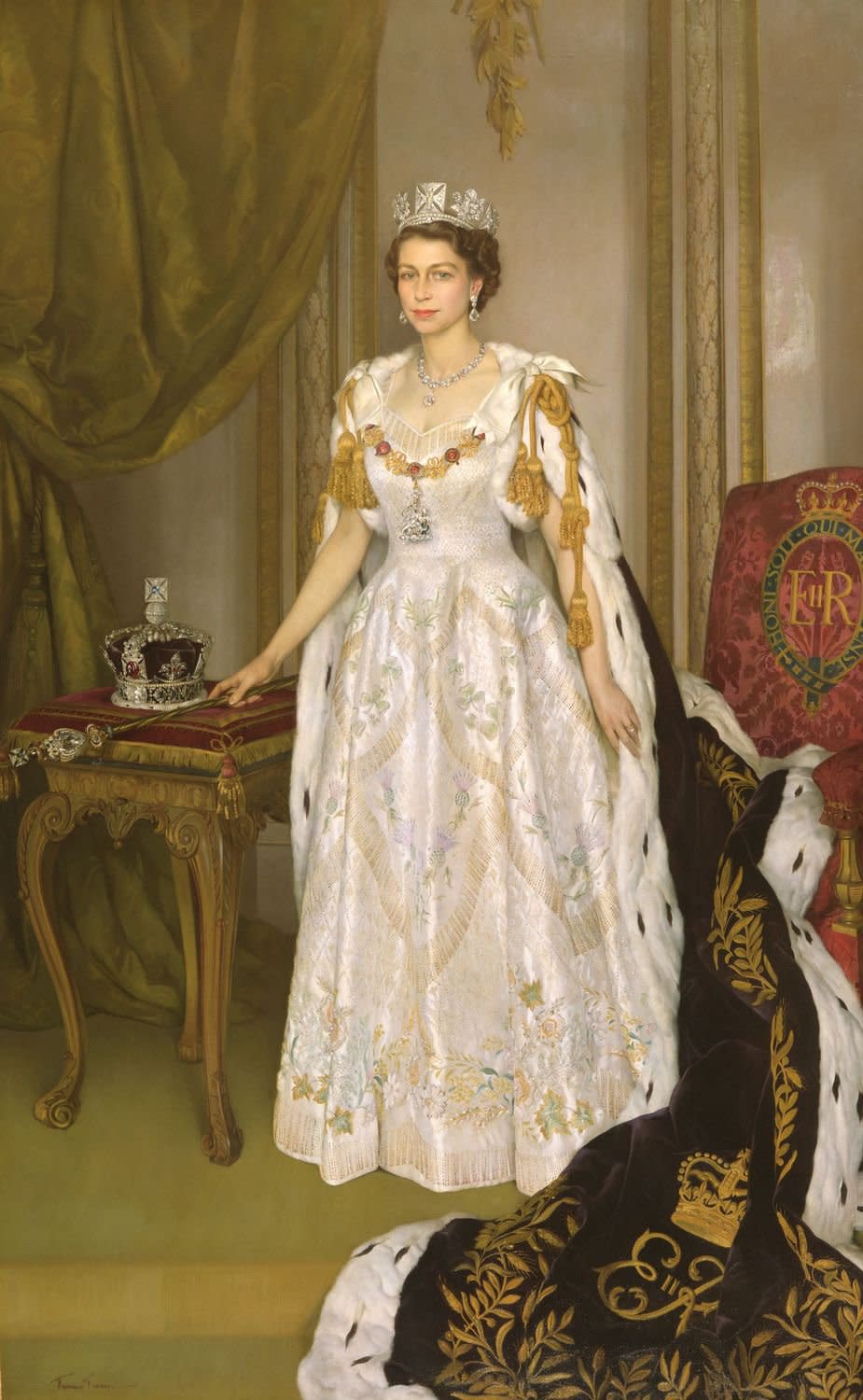
Elizabeth II
Reign: February 6, 1952 – September 8, 2022
(70 years)
Elizabeth II wasn’t considered someone who could potentially take the throne until her grandfather died when she was 10. Edward VIII had abdicated the throne, so Albert was now next in line, followed by his children. At 14, she wanted to help with the war effort, but her father told her she was too young to do so. So, instead, she gave morale-boosting radio broadcasts.
She didn’t want her coronation to be televised even though it was, as she feared that doing so would diminish the upper-class tradition associated with coronations. During her reign, she also created a new breed of dogs called “dorgis,” a cross between corgis and dachshunds.
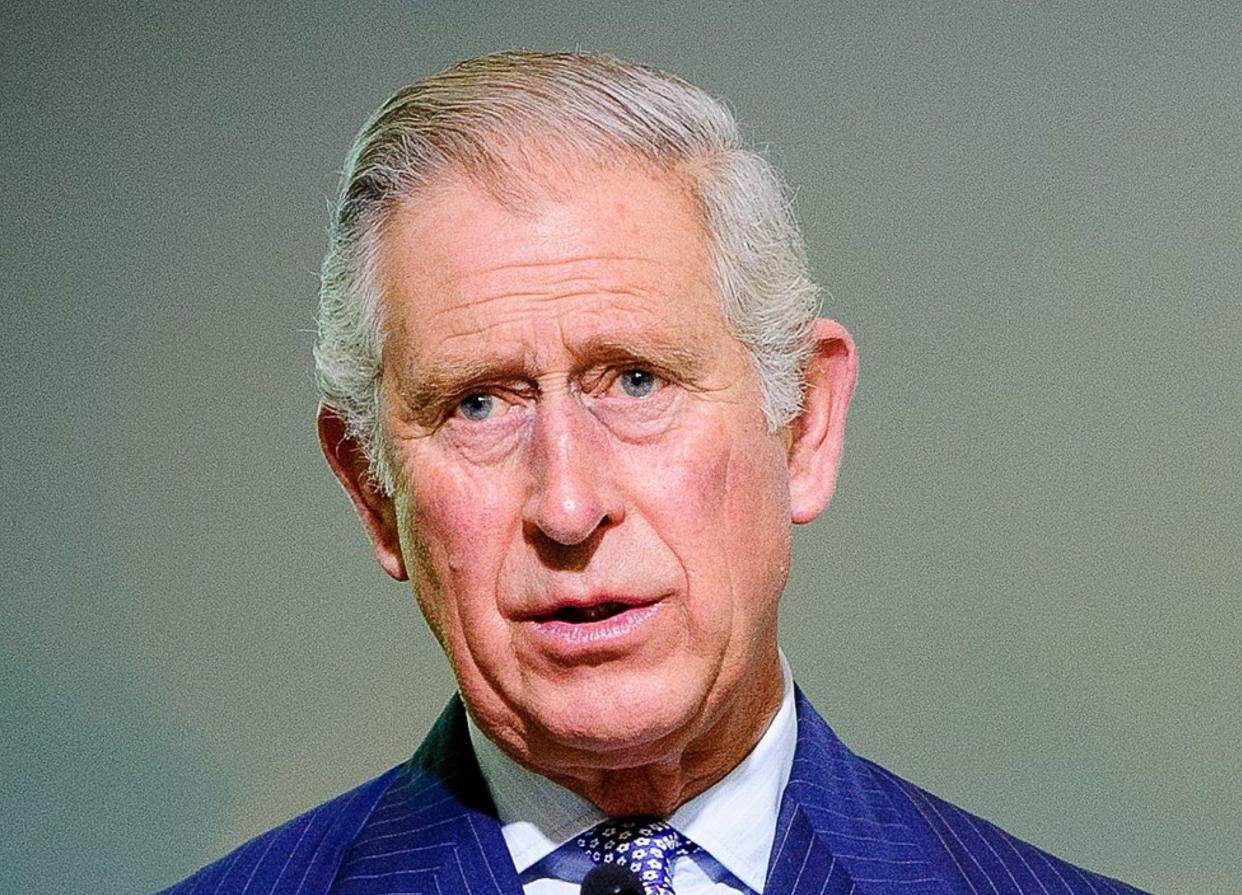
King Charles III
Reign: September 8, 2022 – Present
Before taking the throne upon the death of Queen Elizabeth, Charles Philip Arthur George was the Prince of Wales. Born in 1948, he is Queen Elizabeth's eldest son. He was also the longest-serving Prince of Wales, having taken the title in 1952. When his father died in April 2021, he also inherited the title of Duke of Edinburgh, and he was crowned King on May 6, 2023.
This story originally appeared on MediaFeed.
